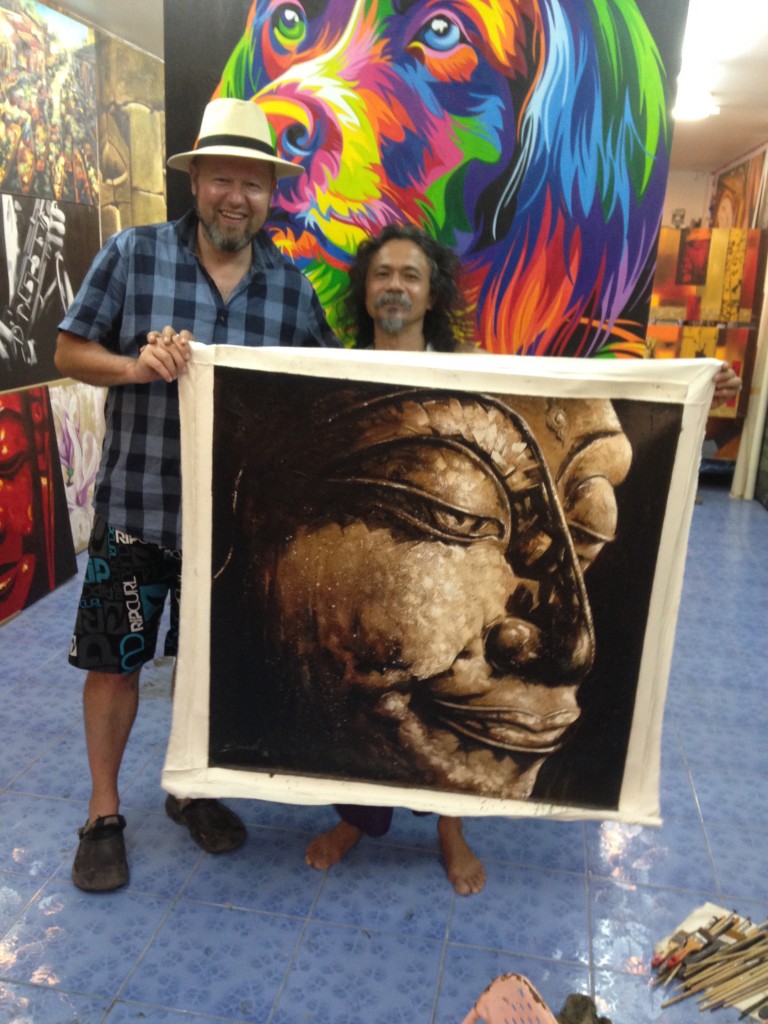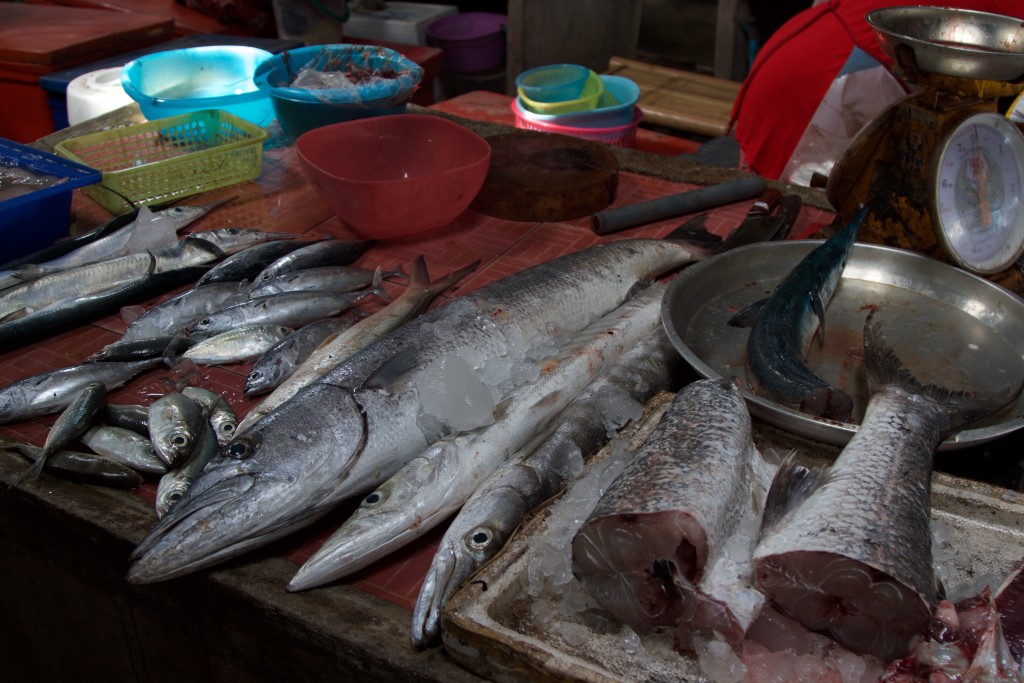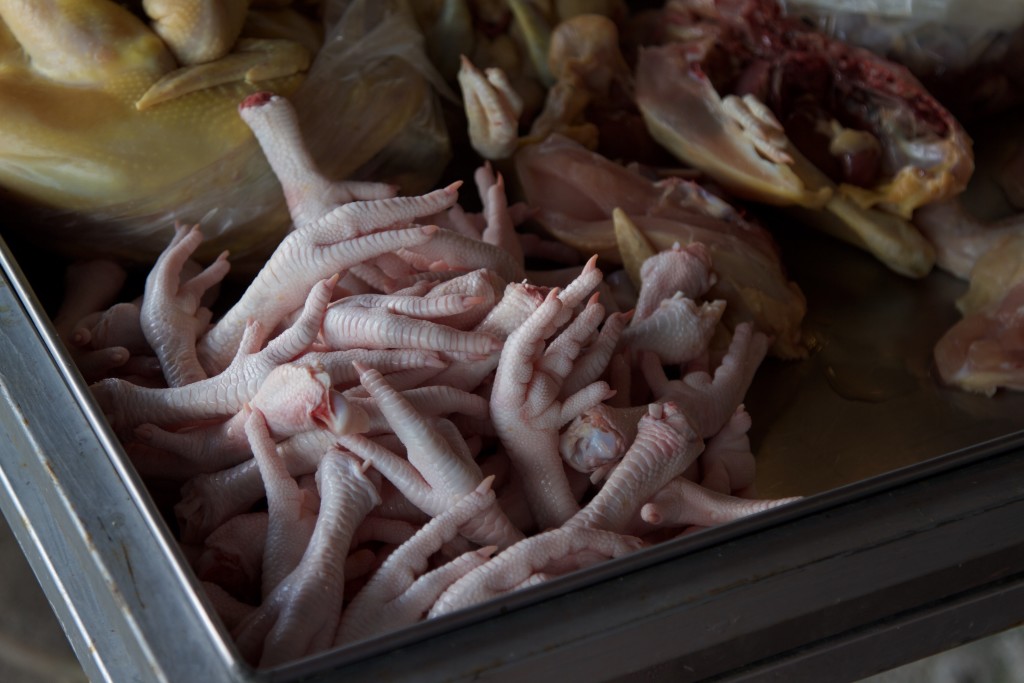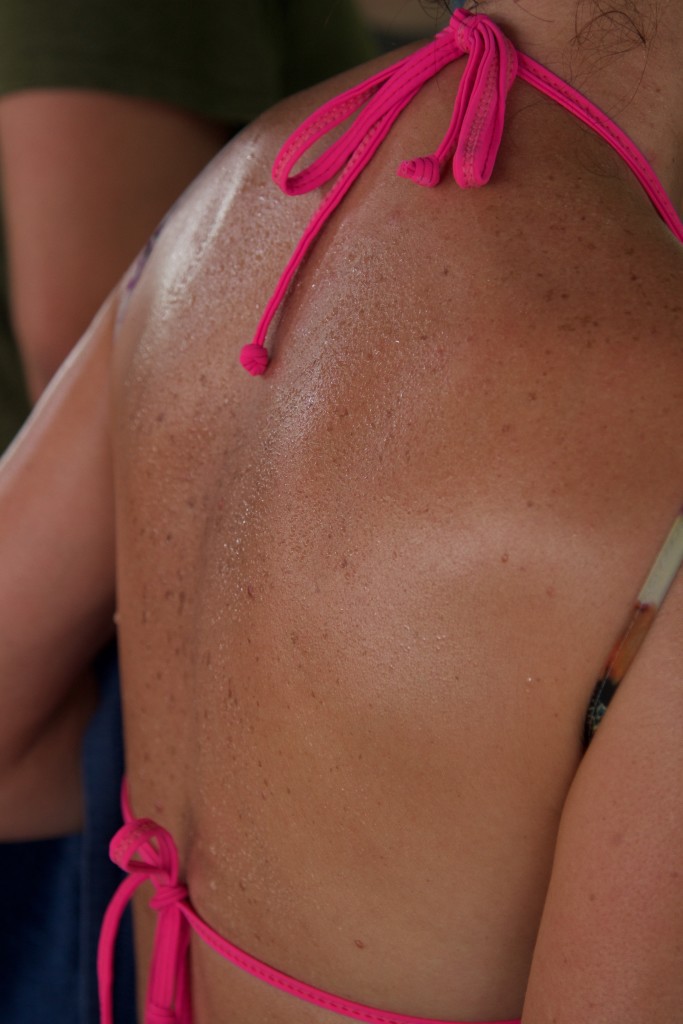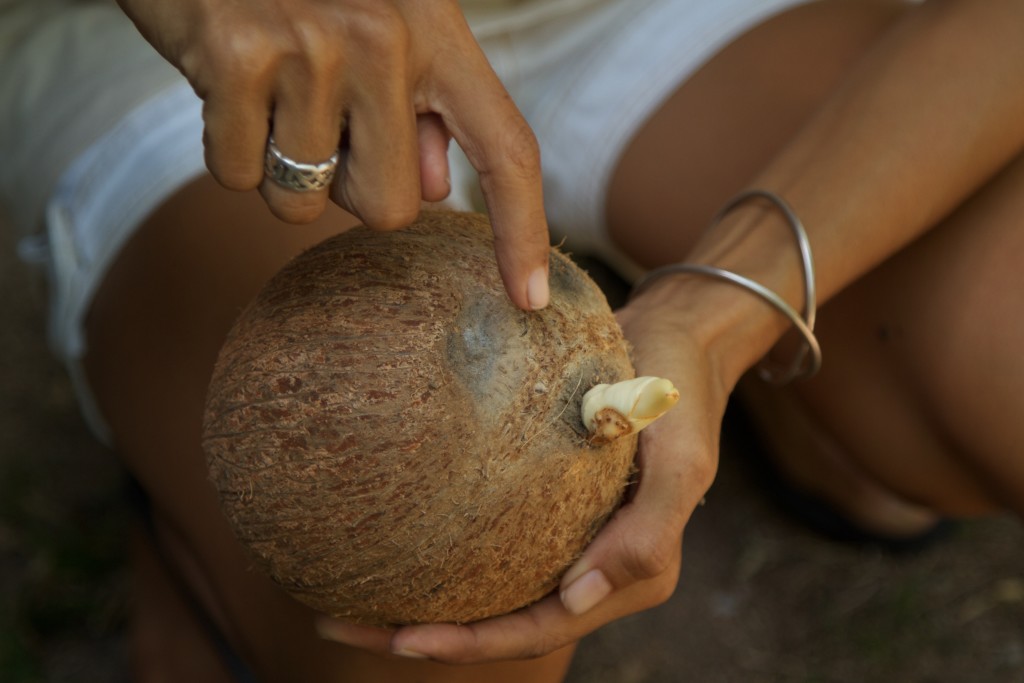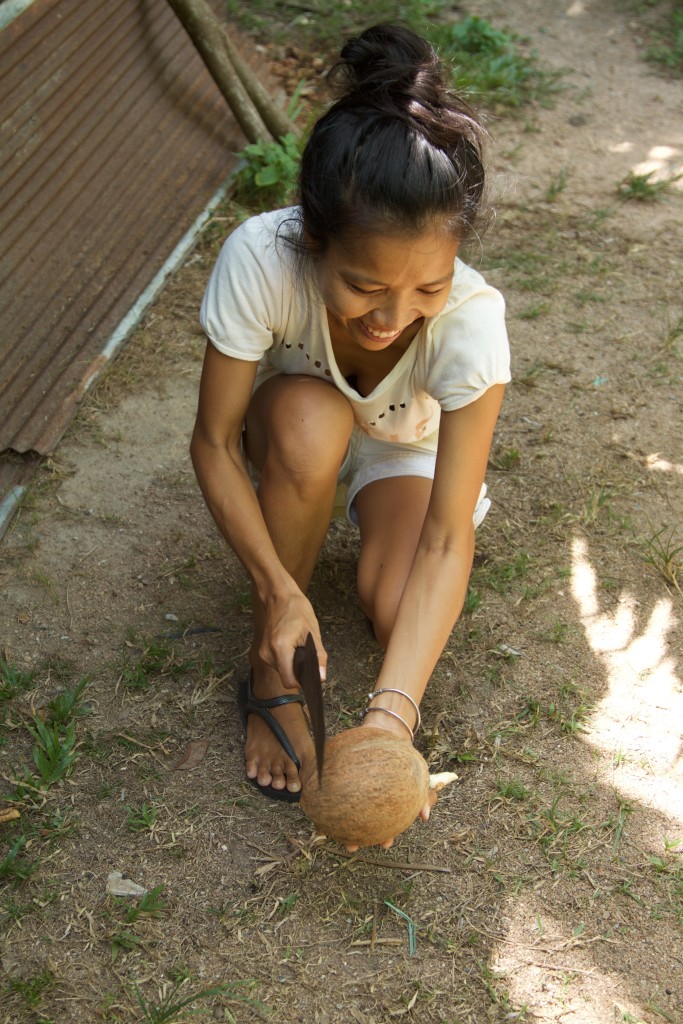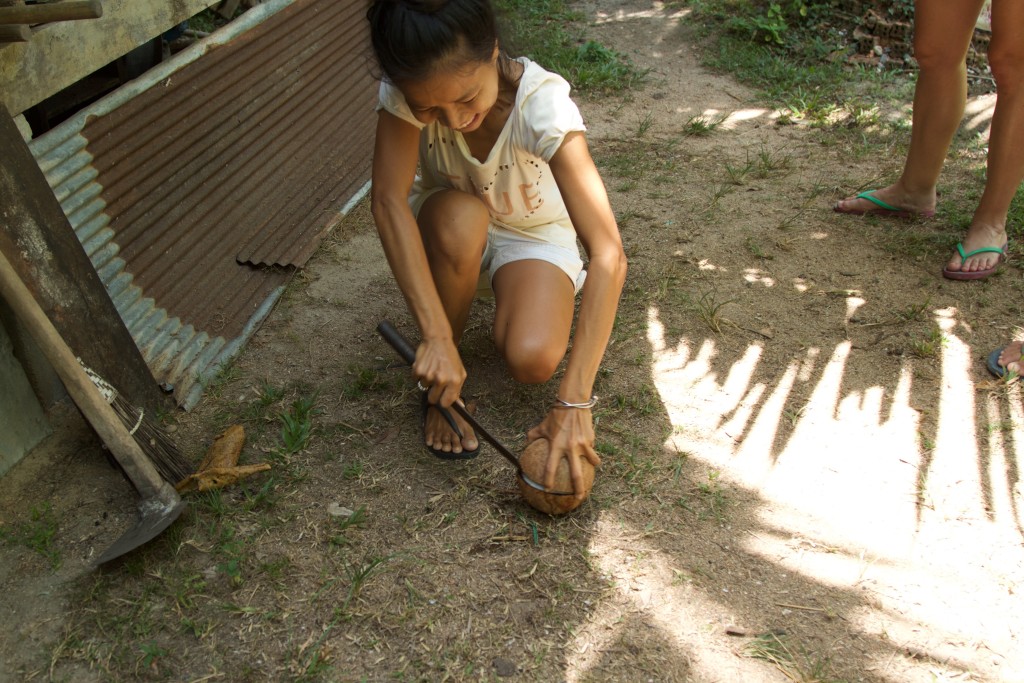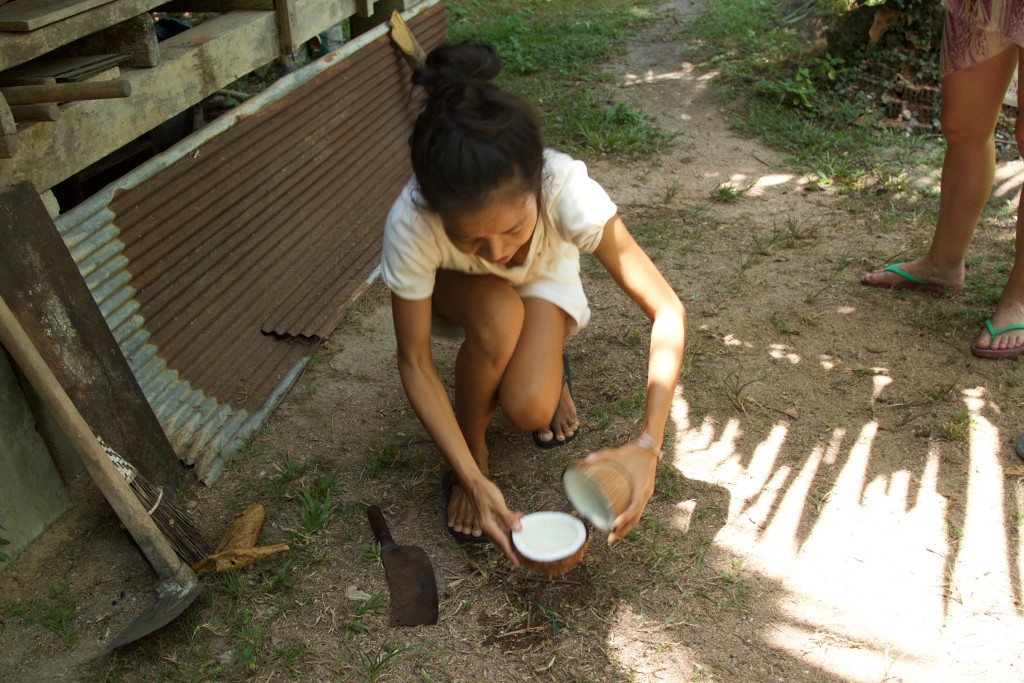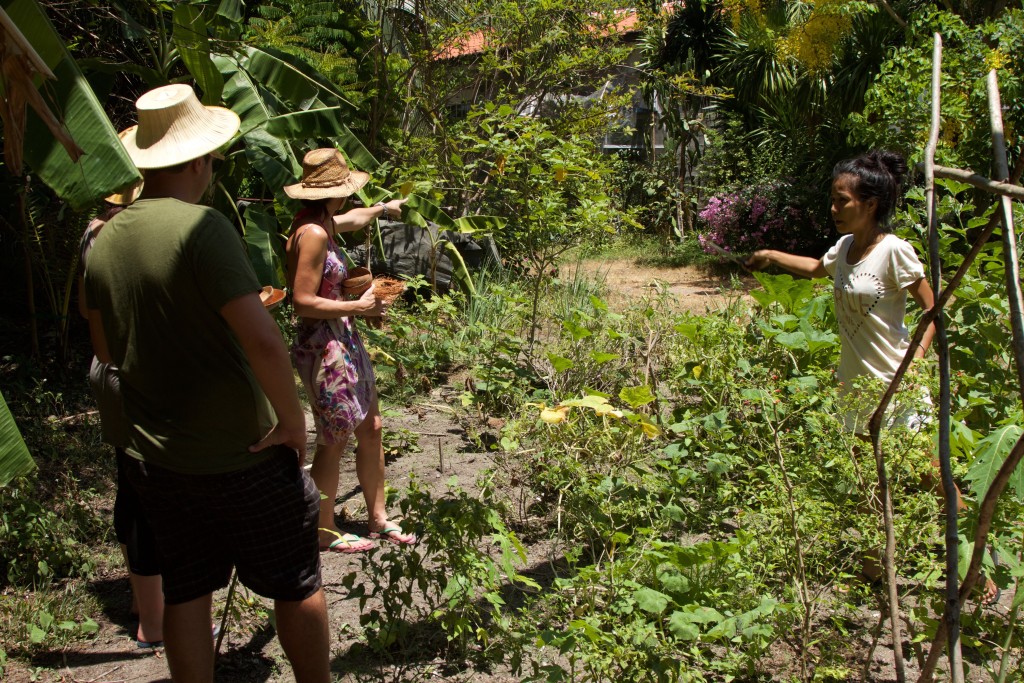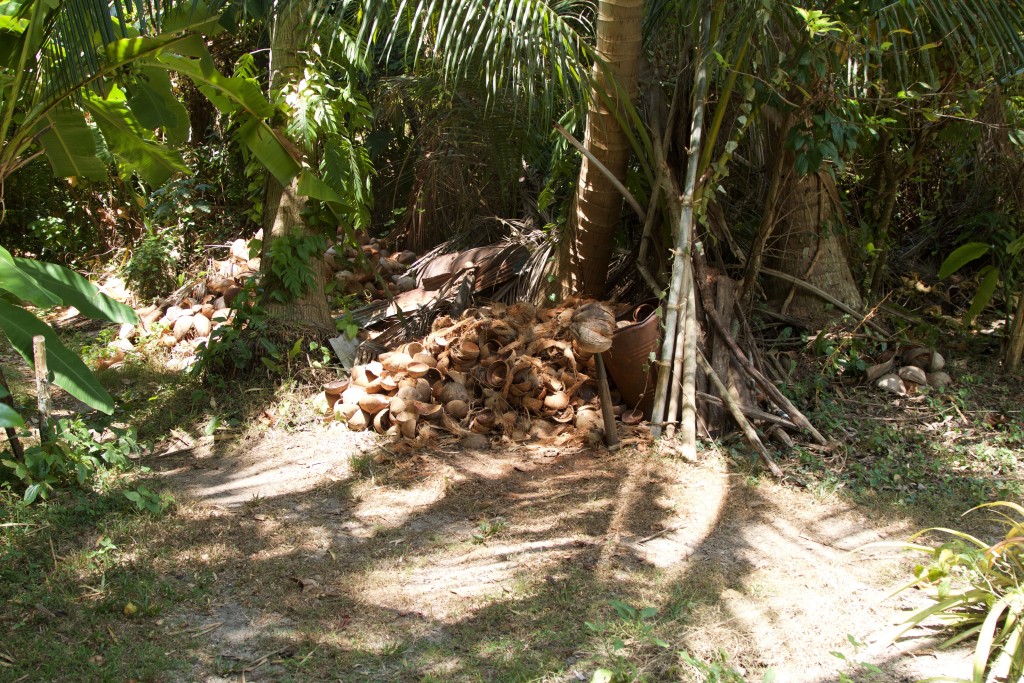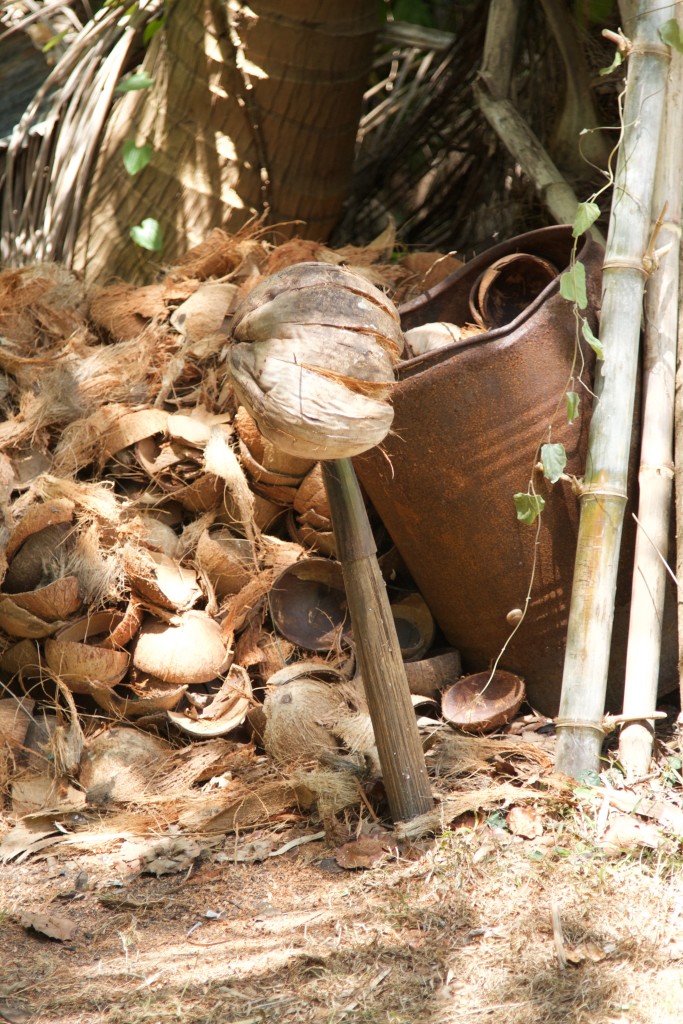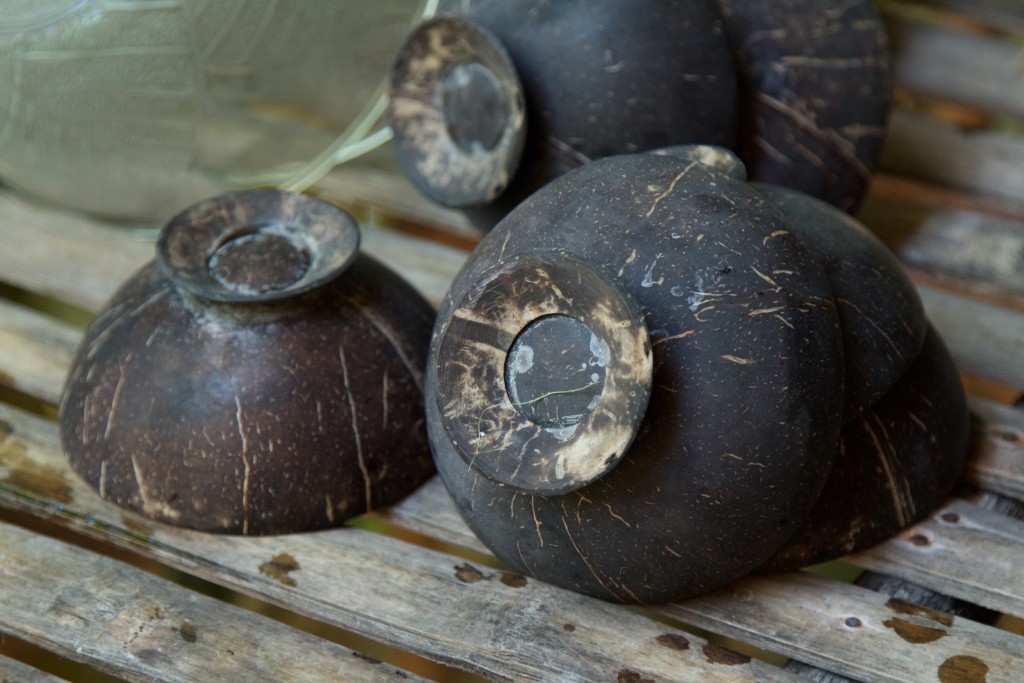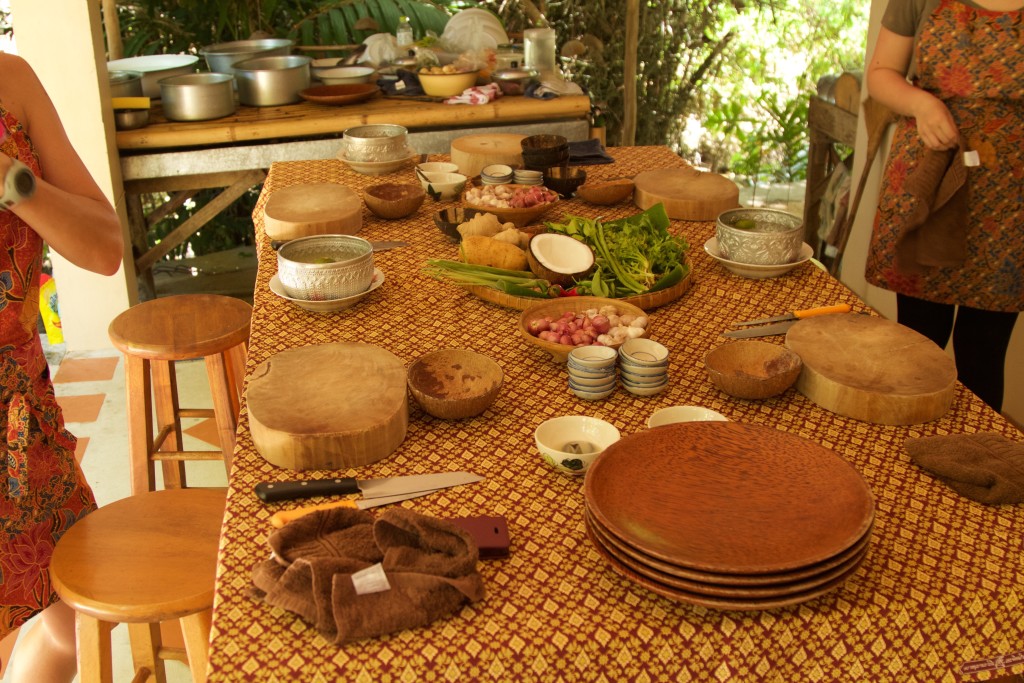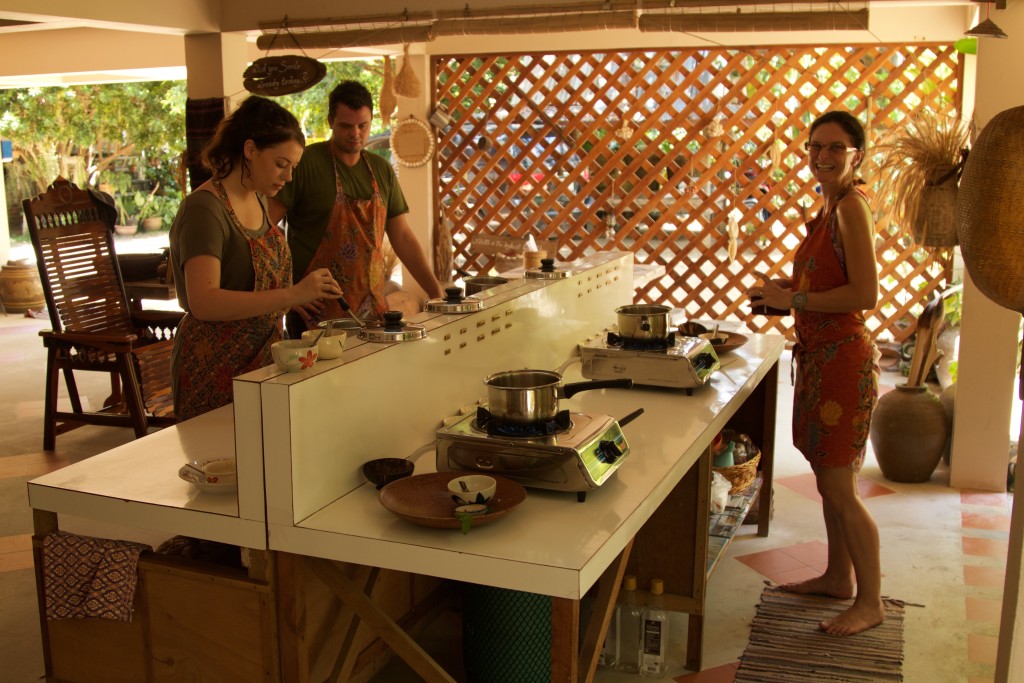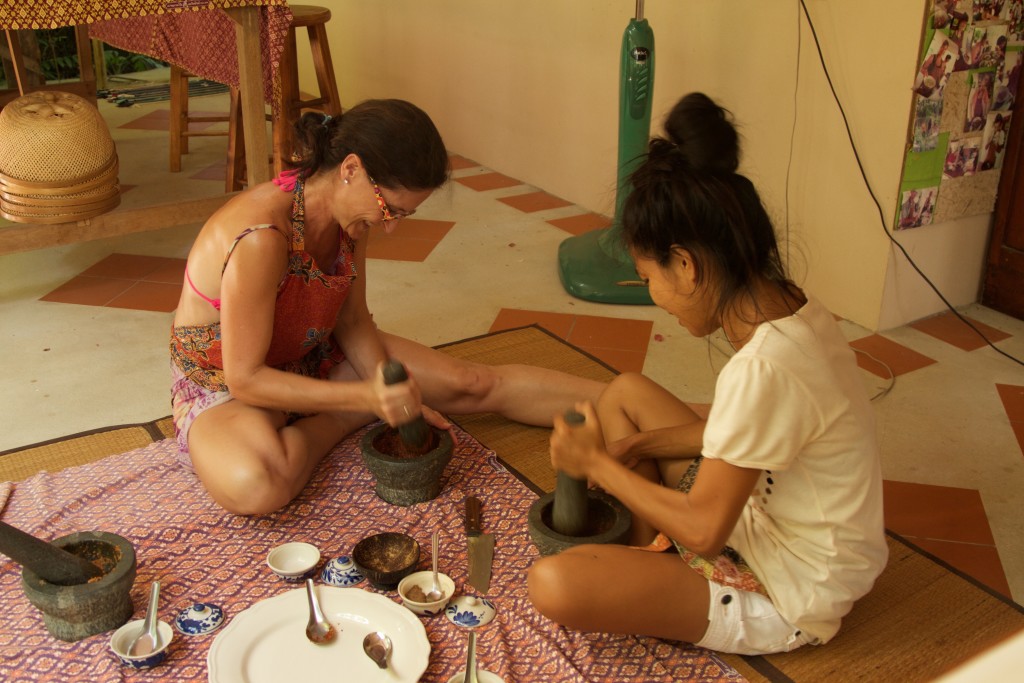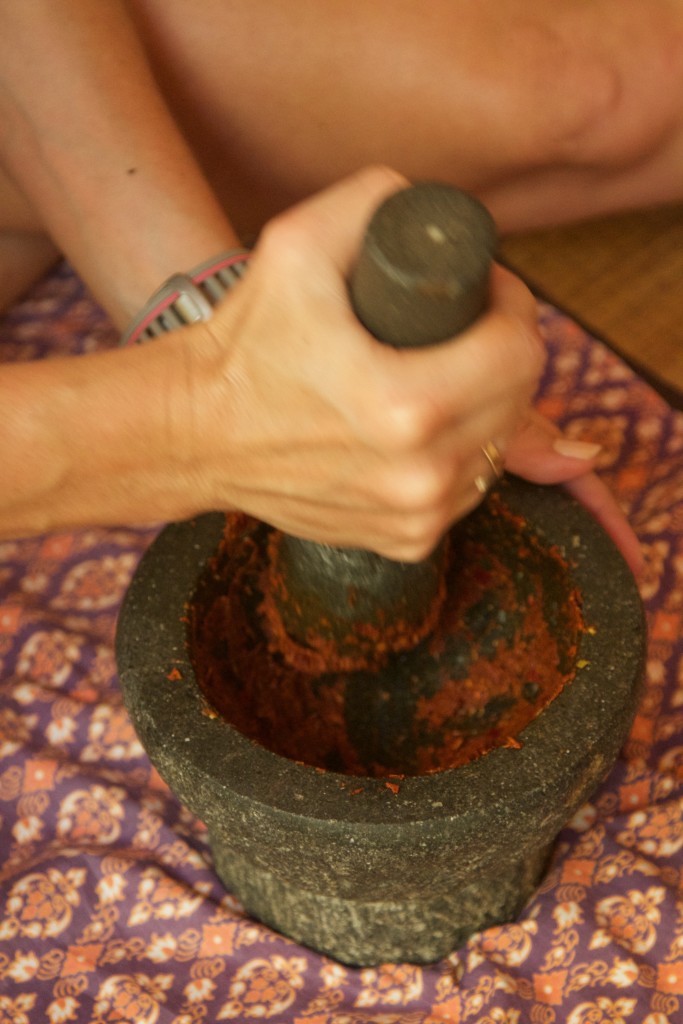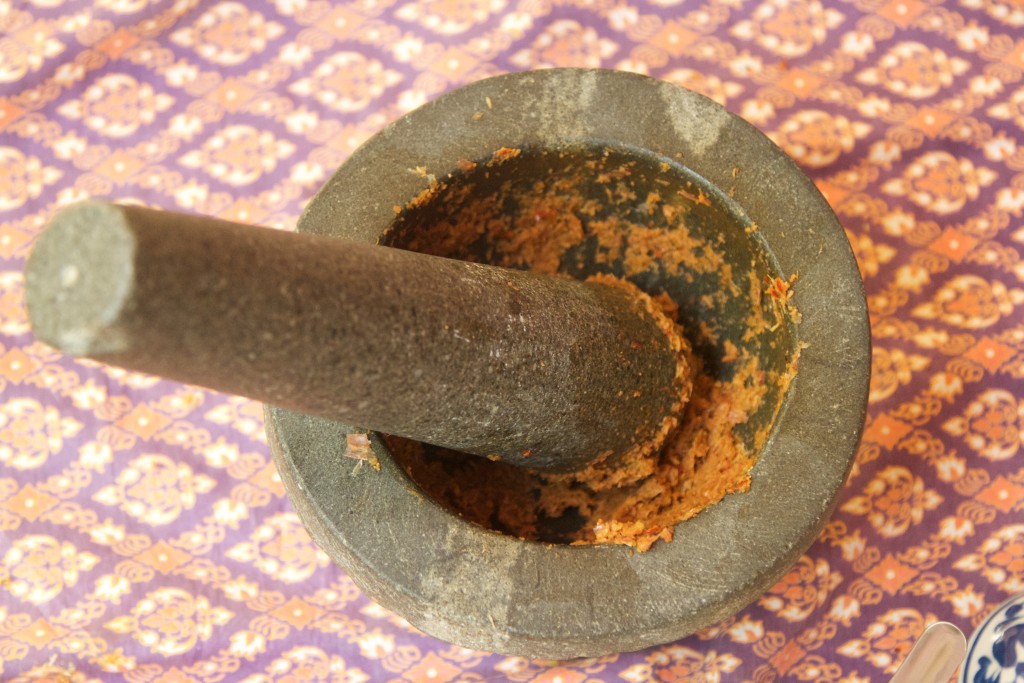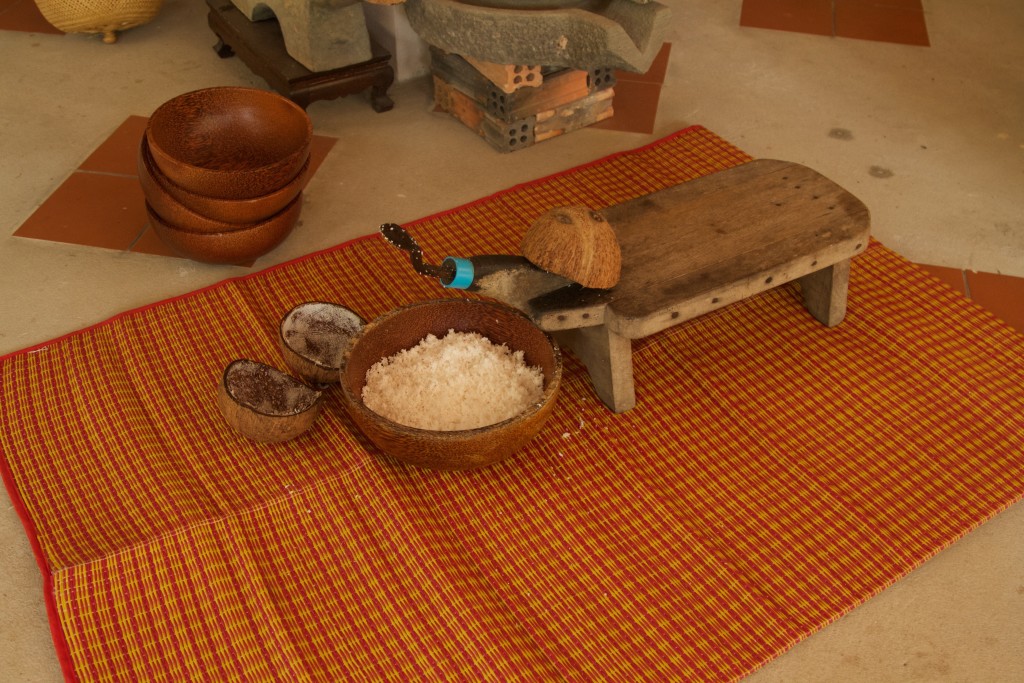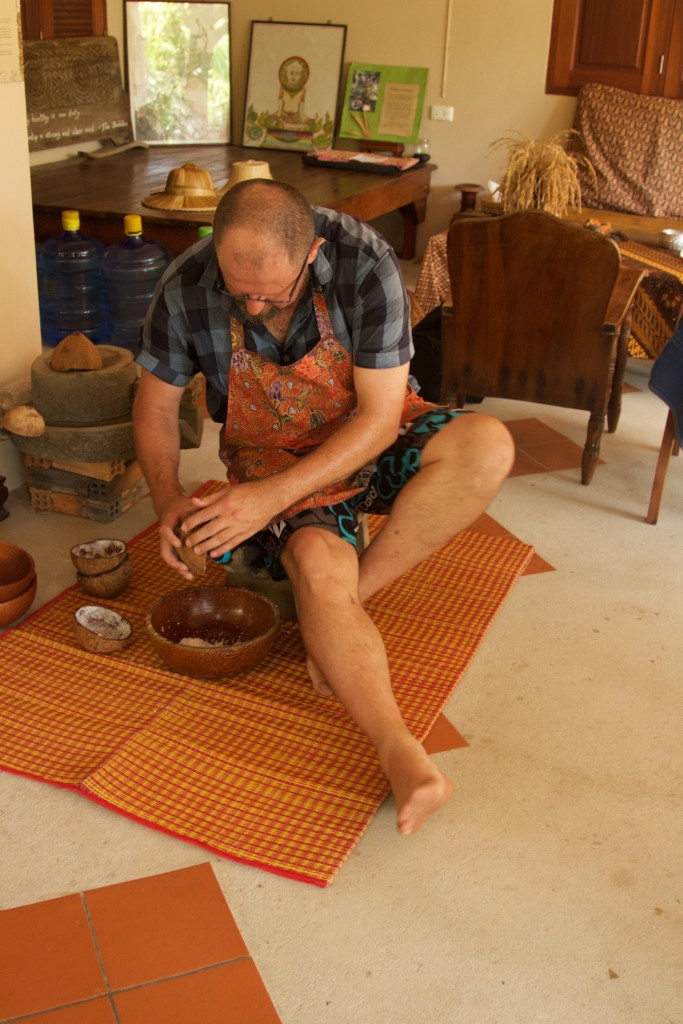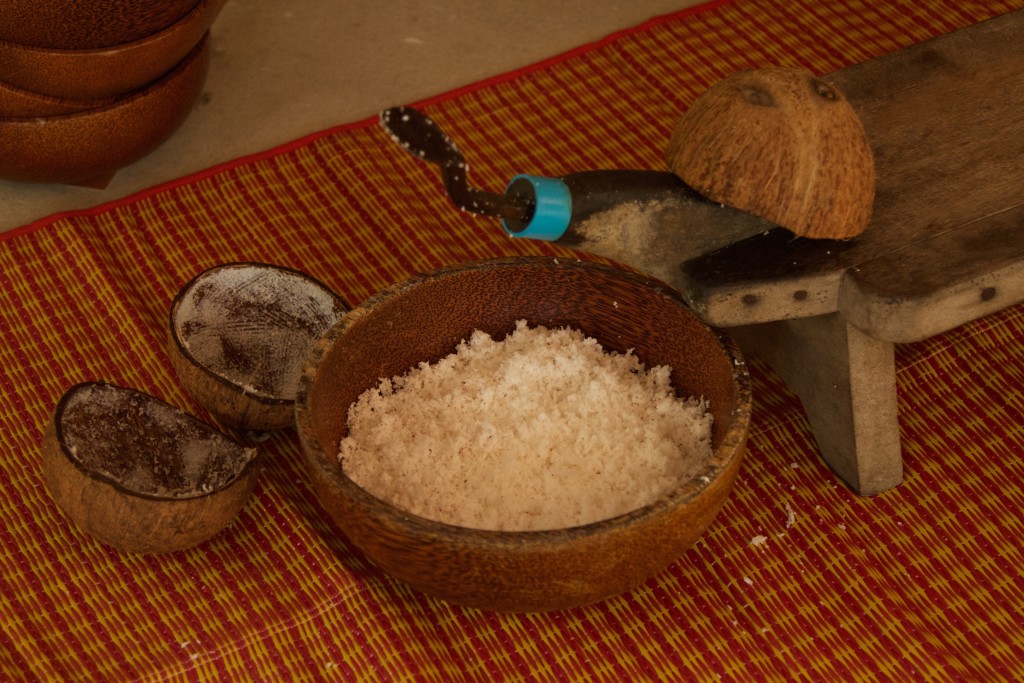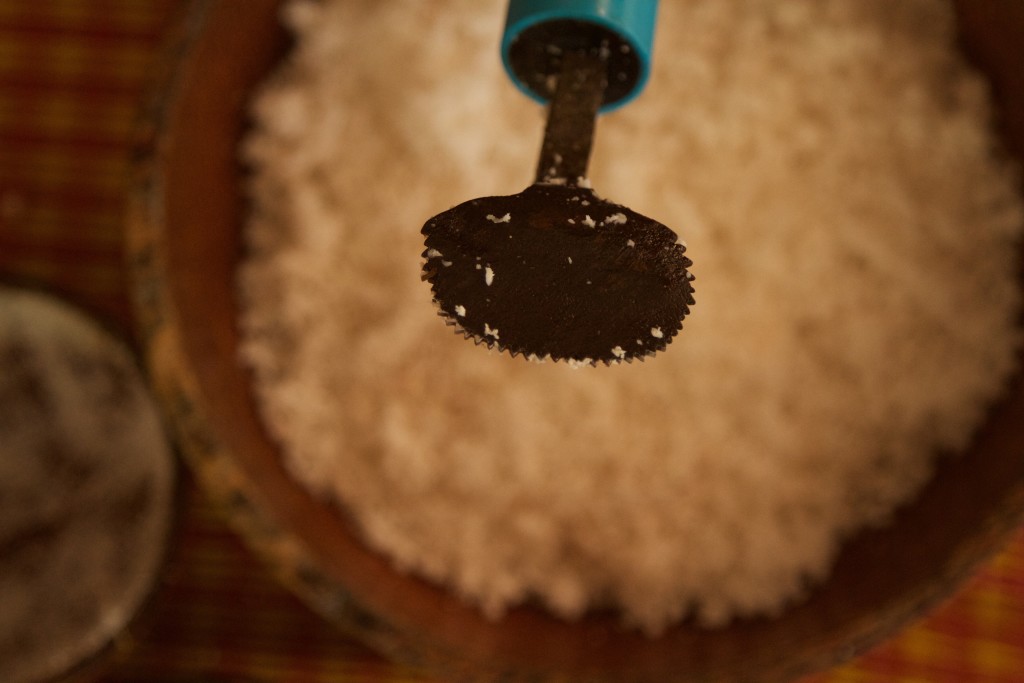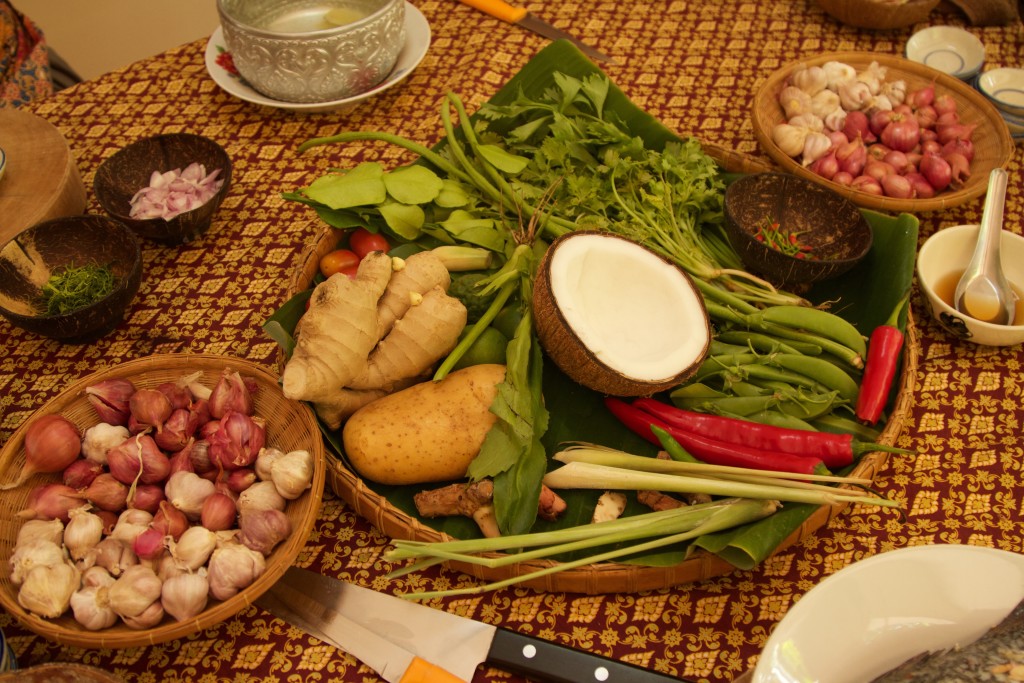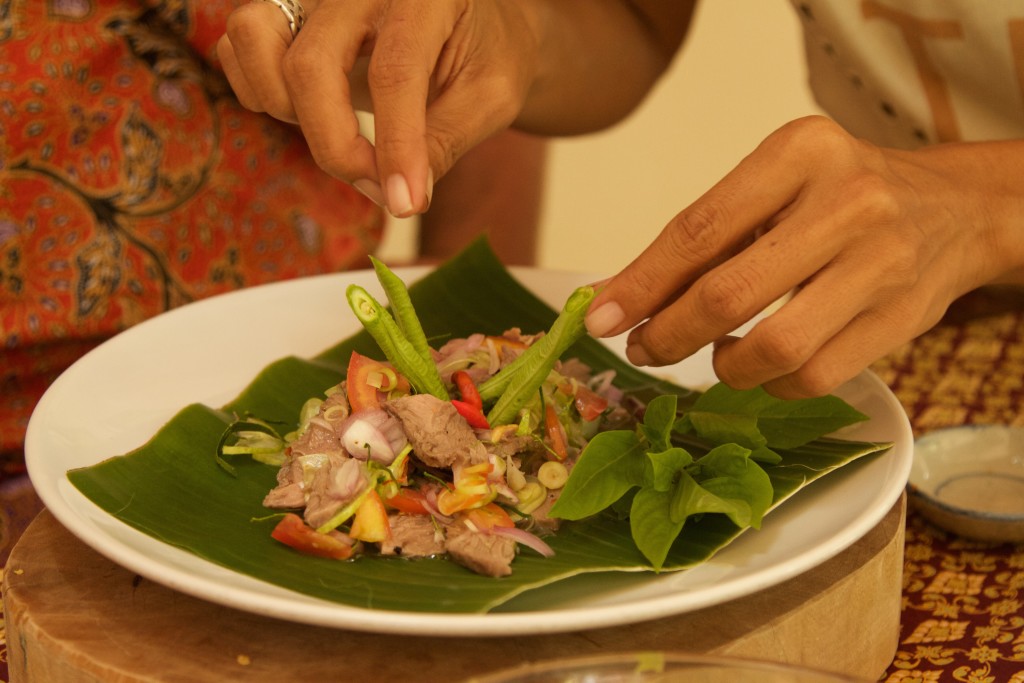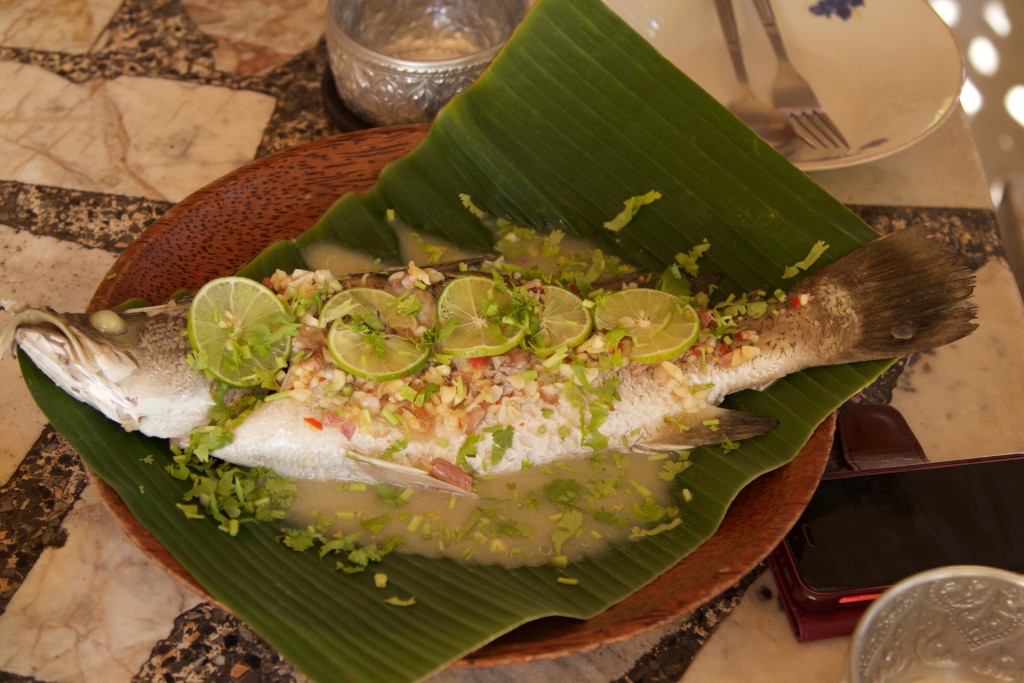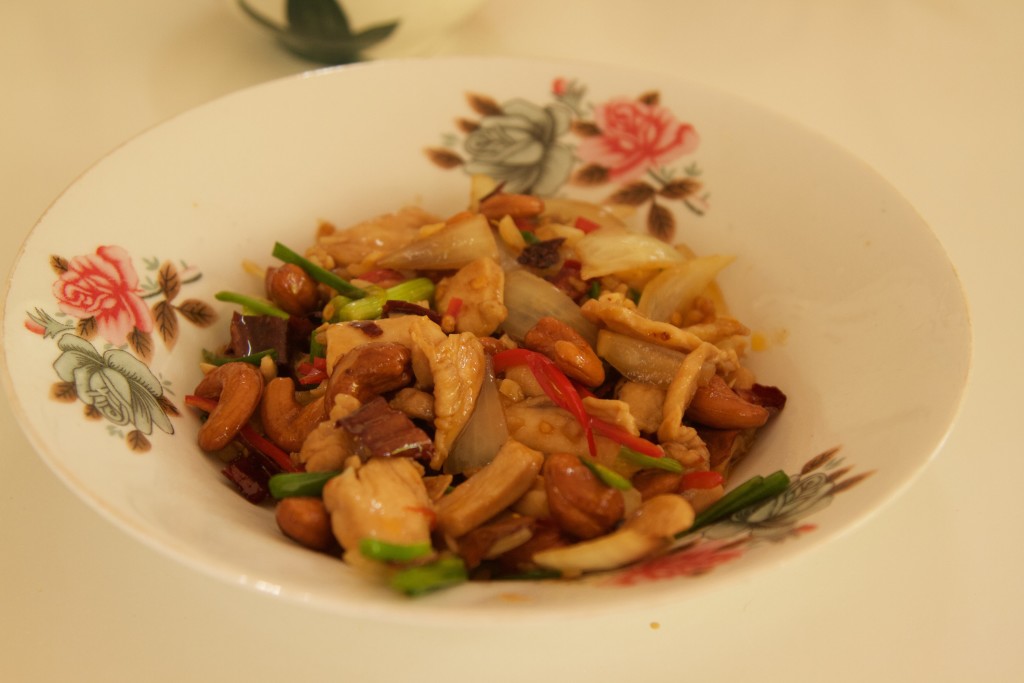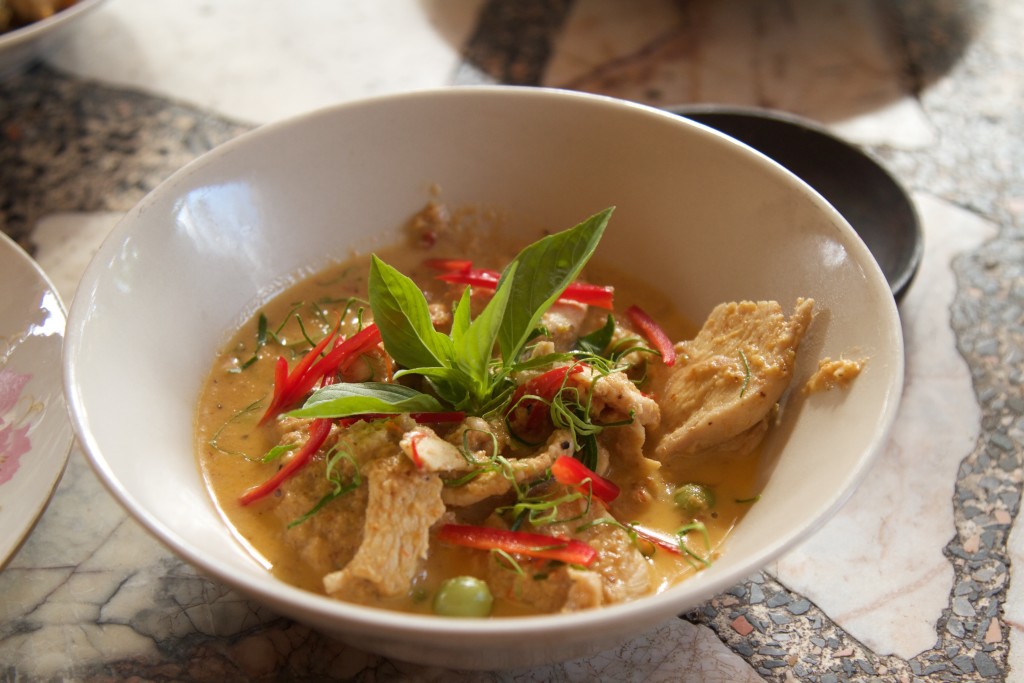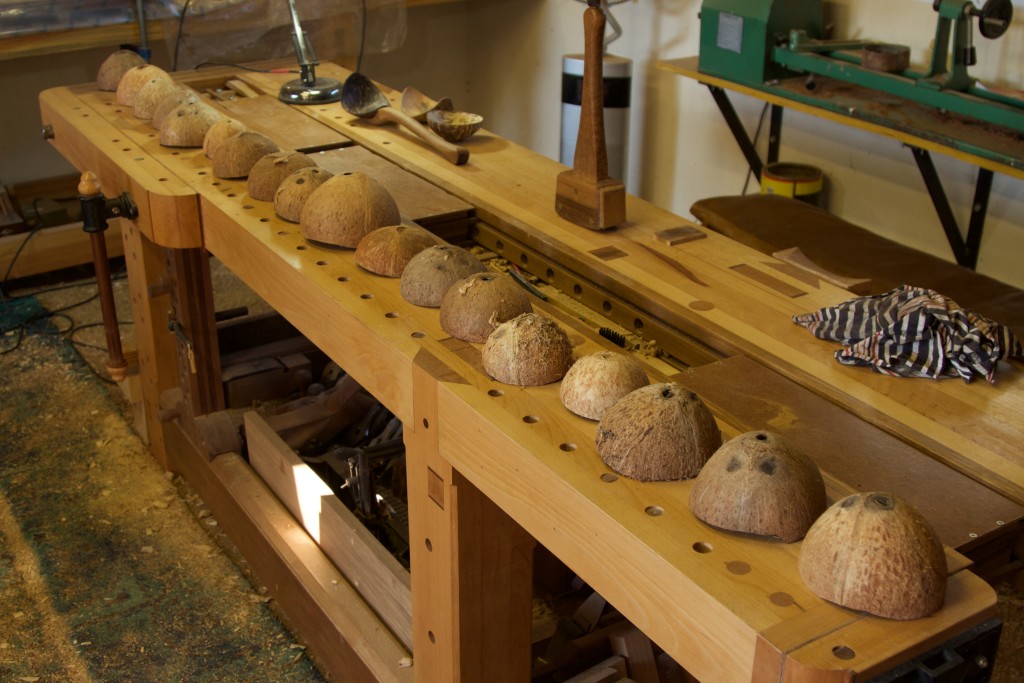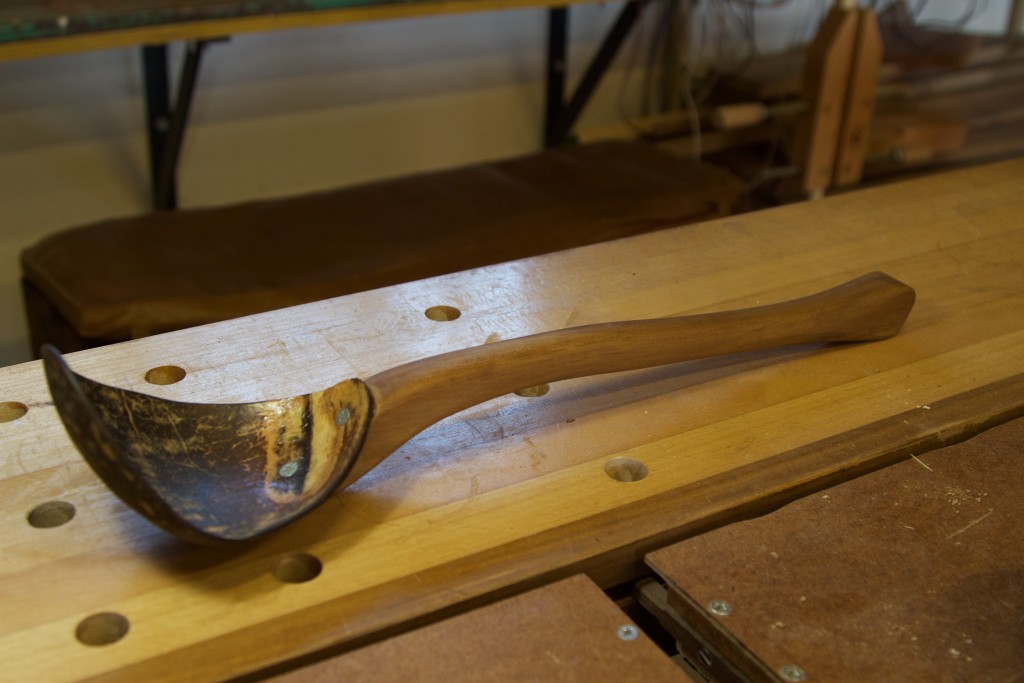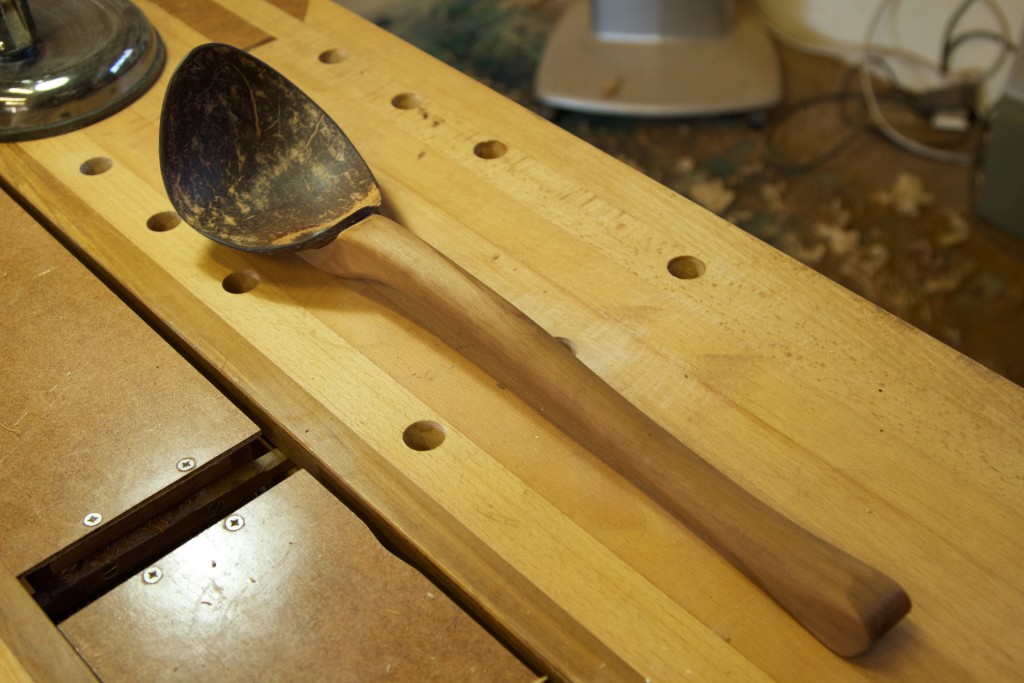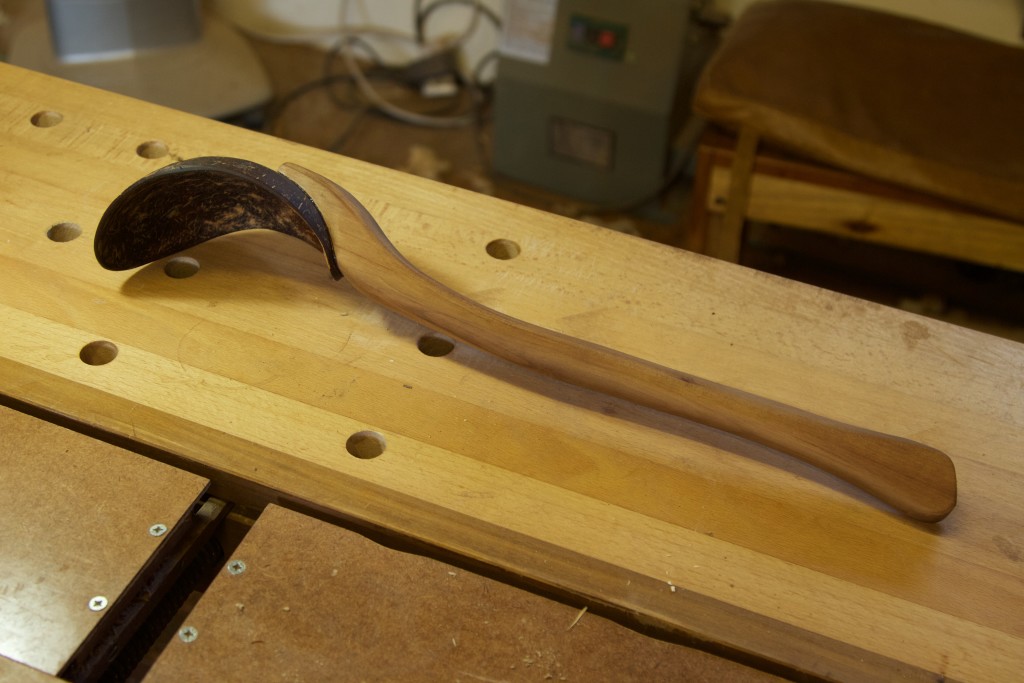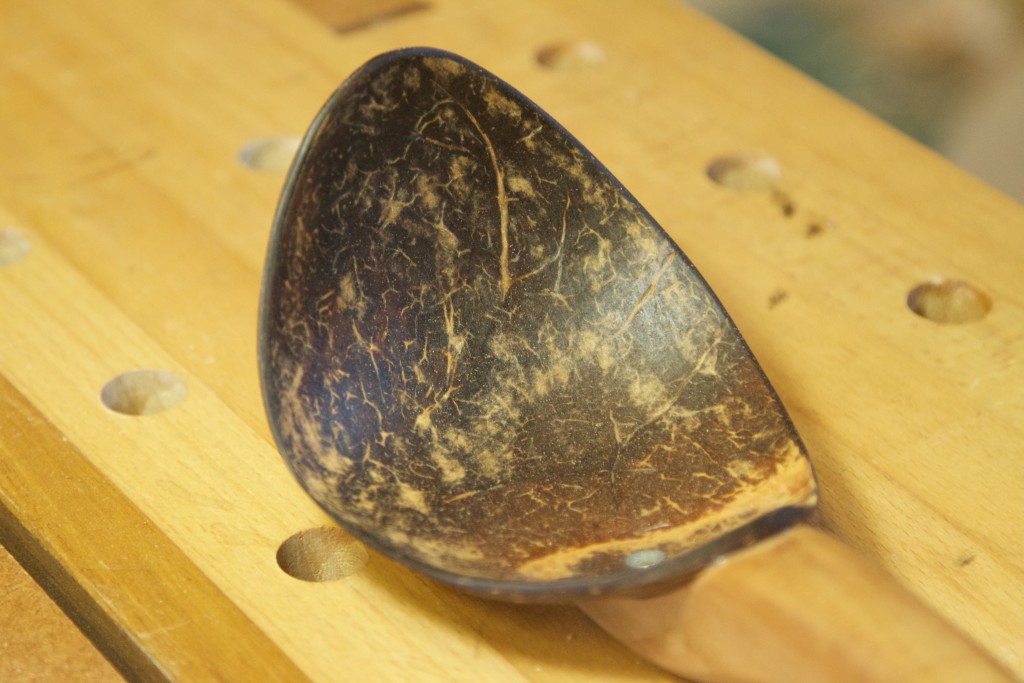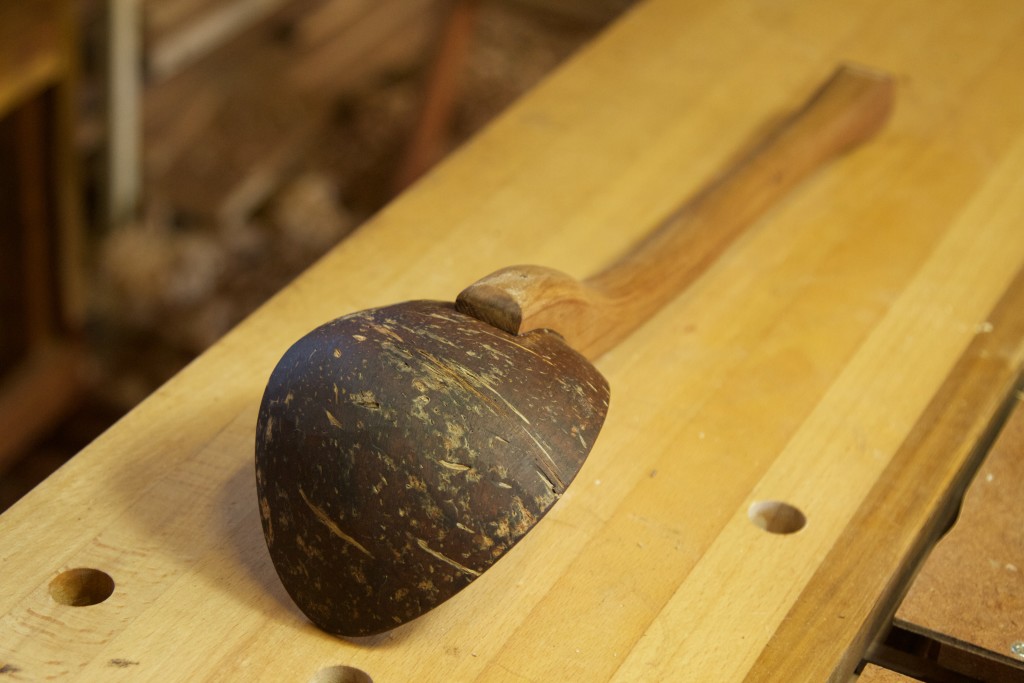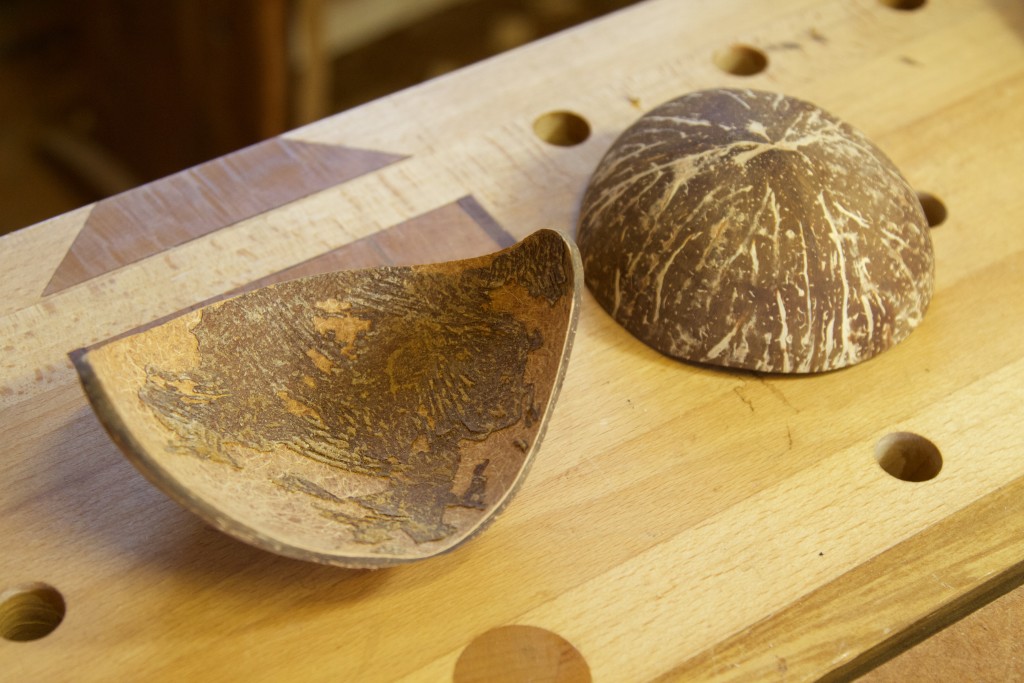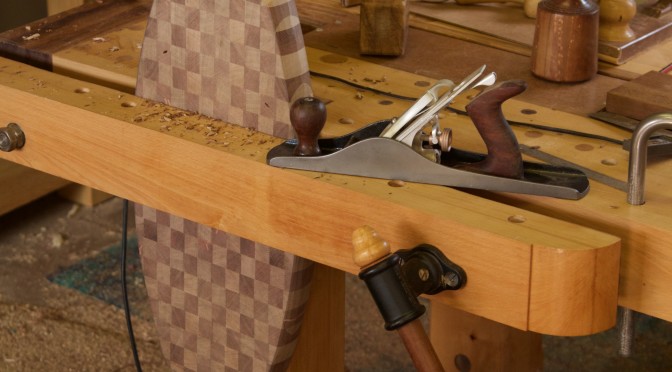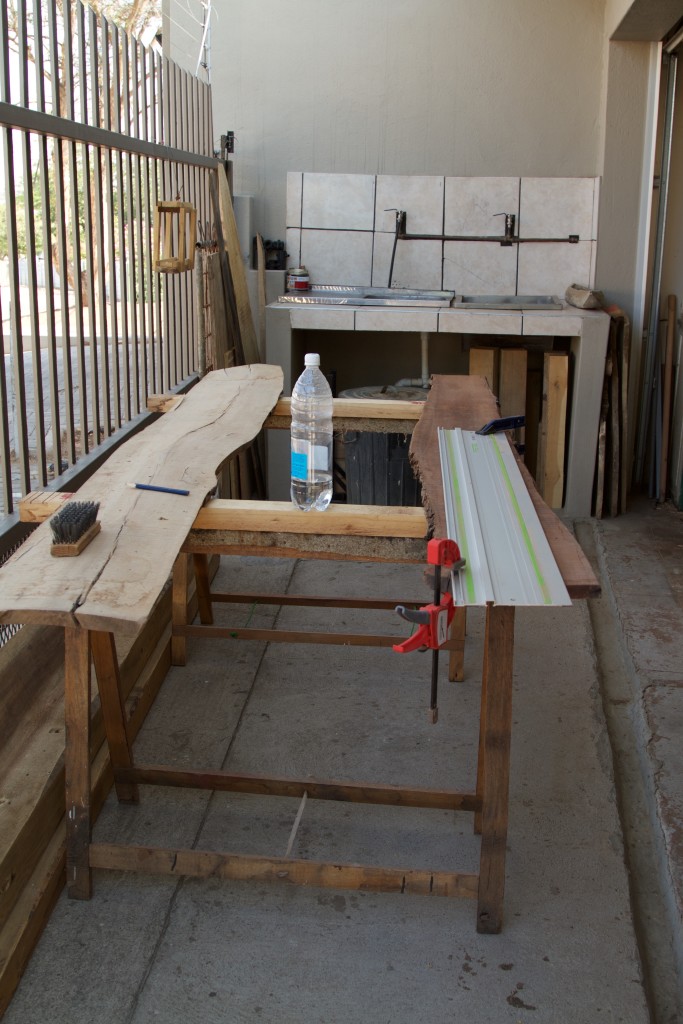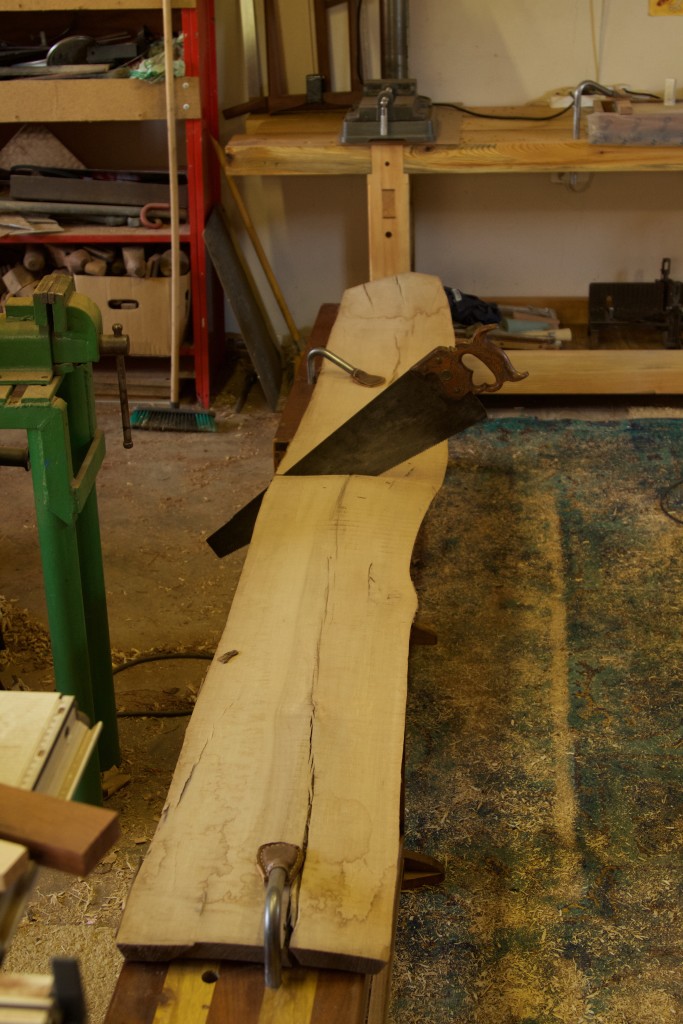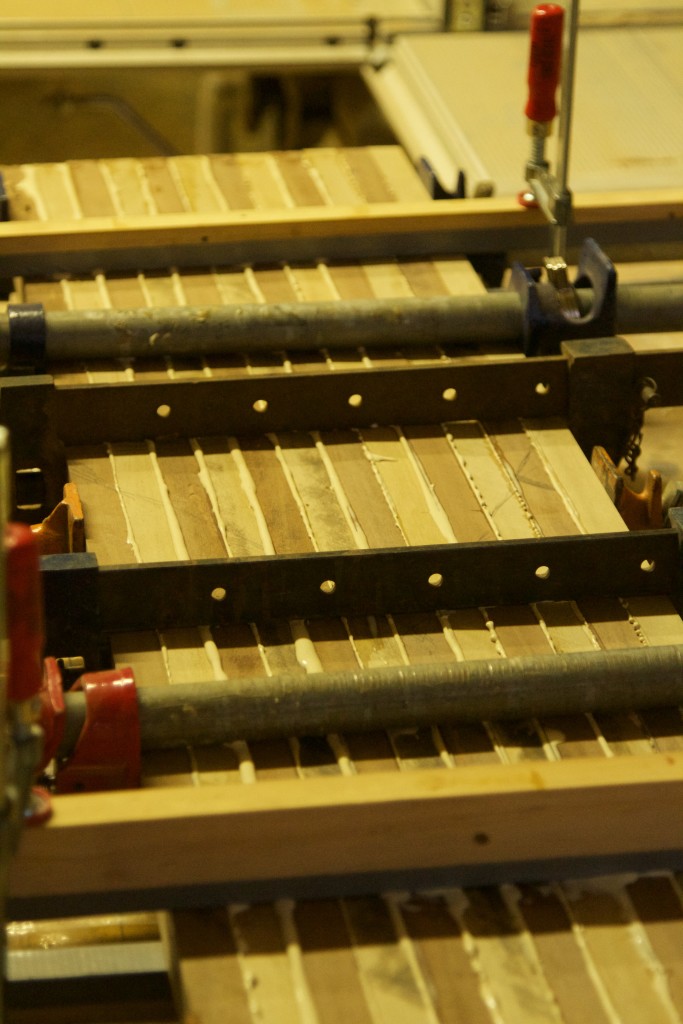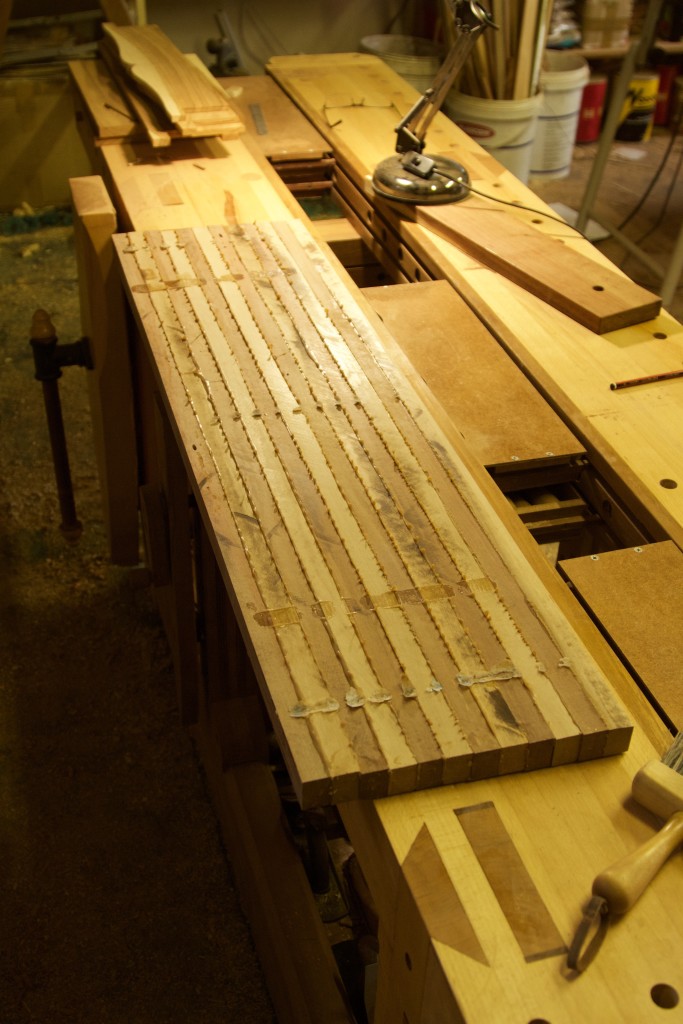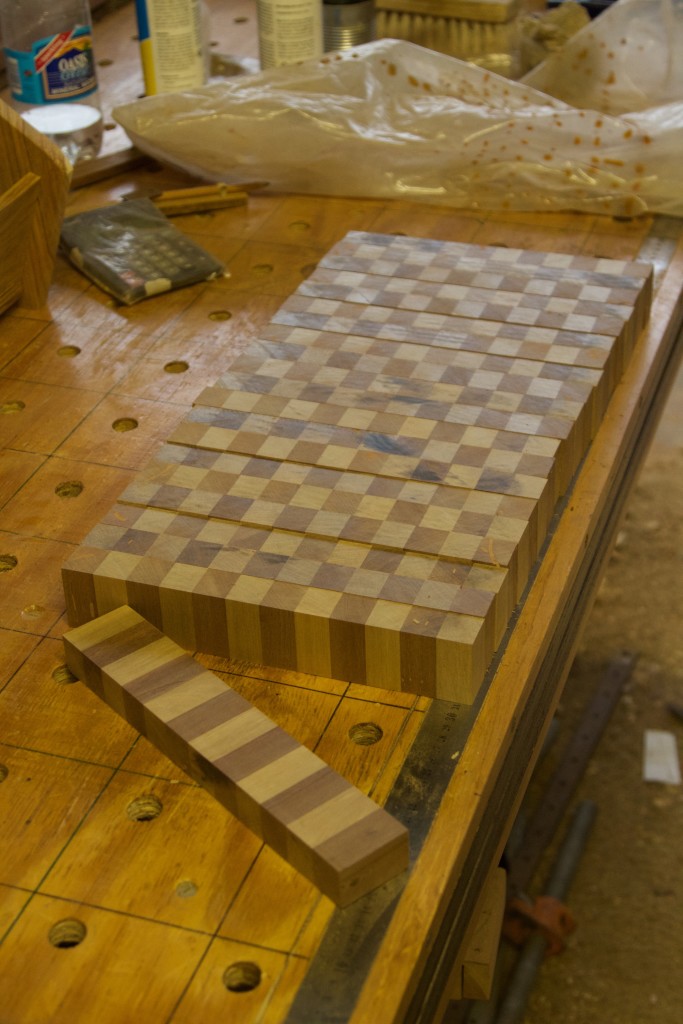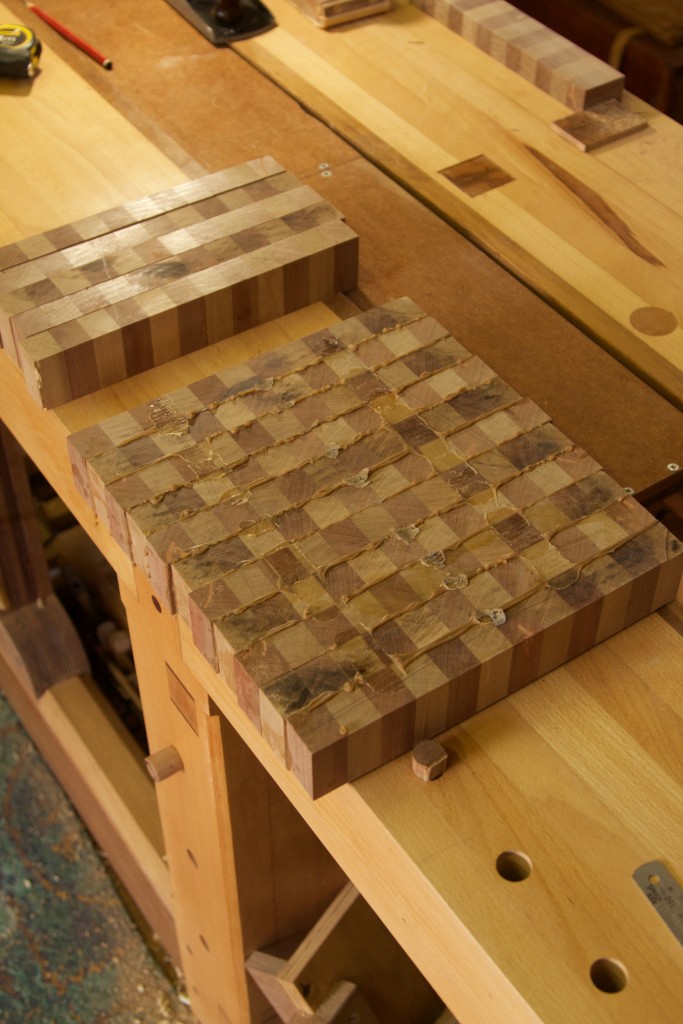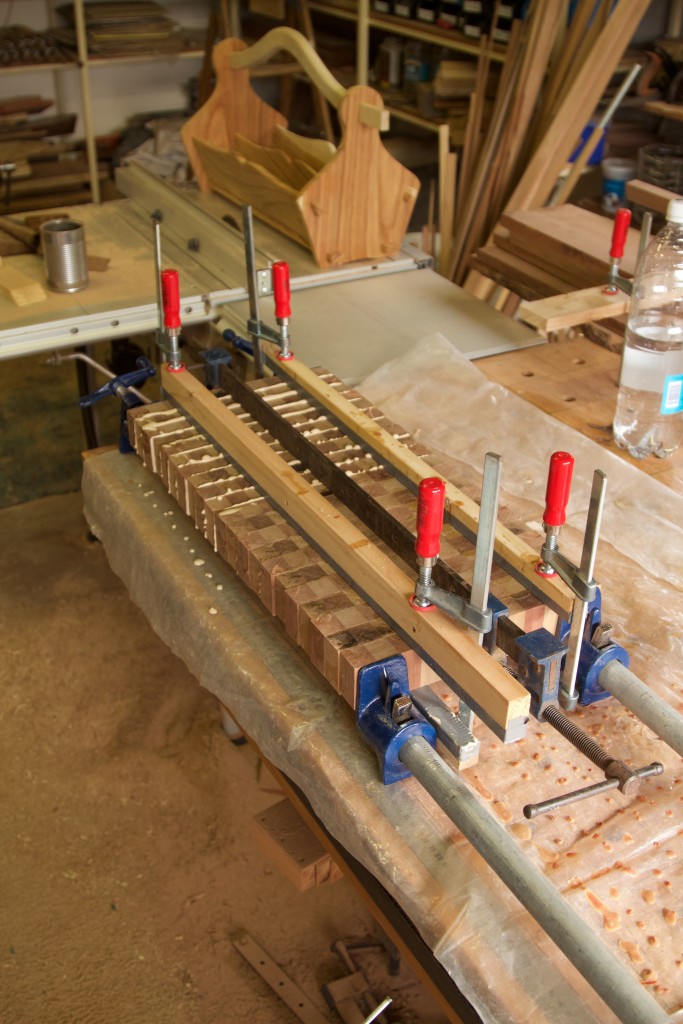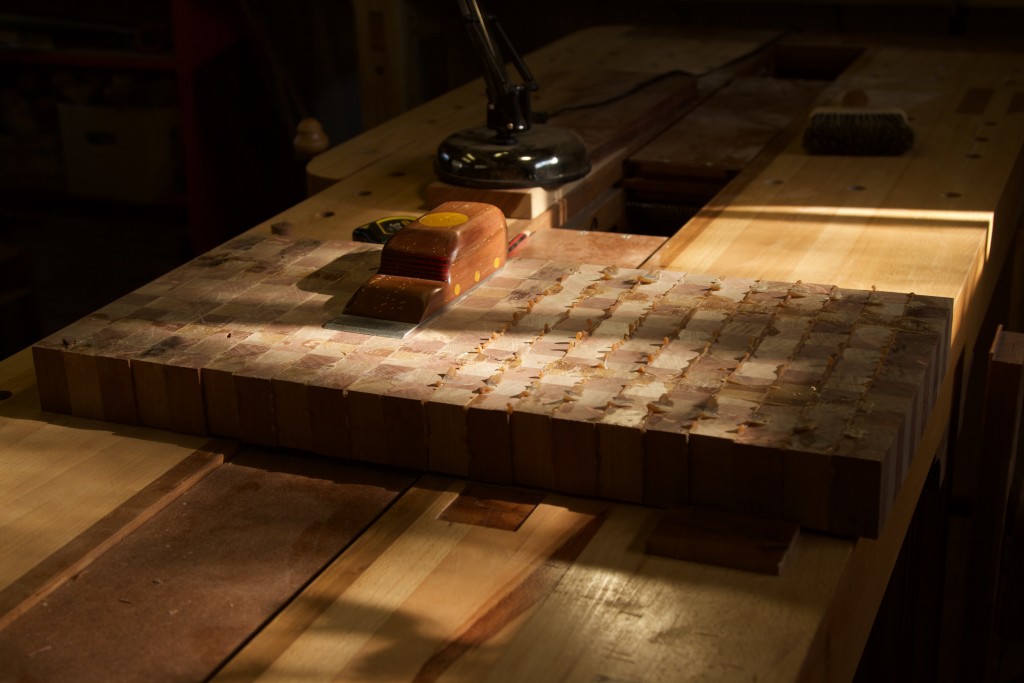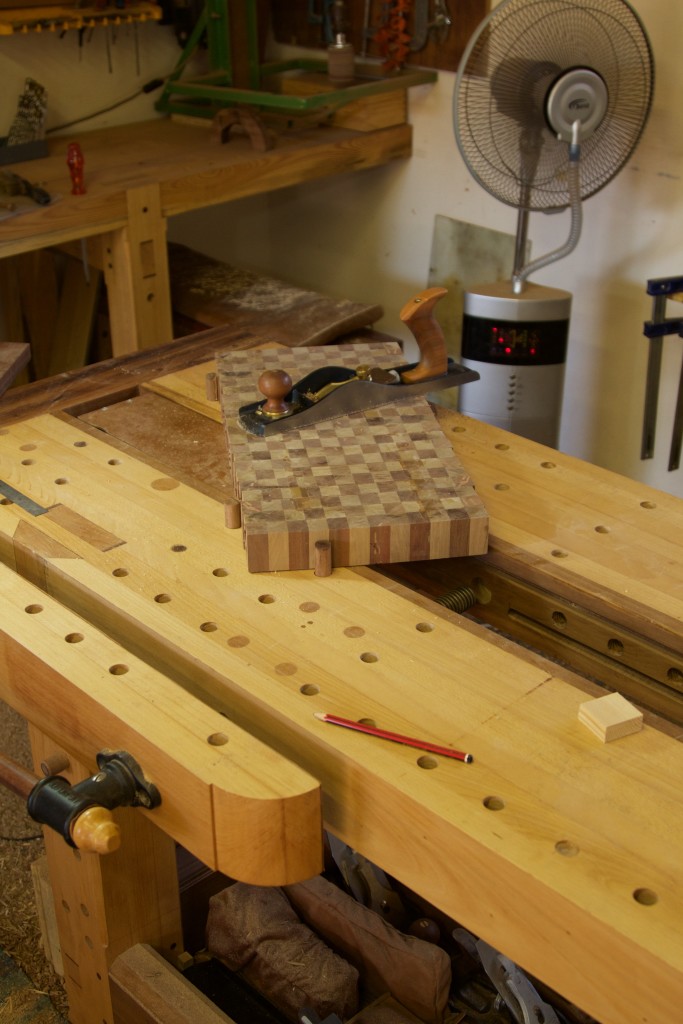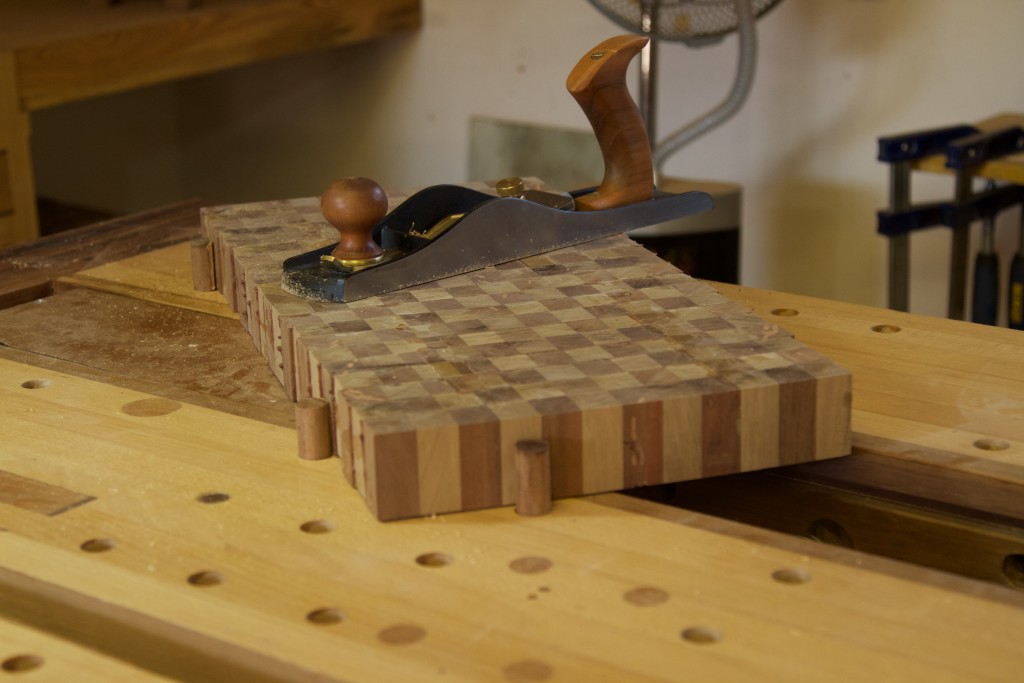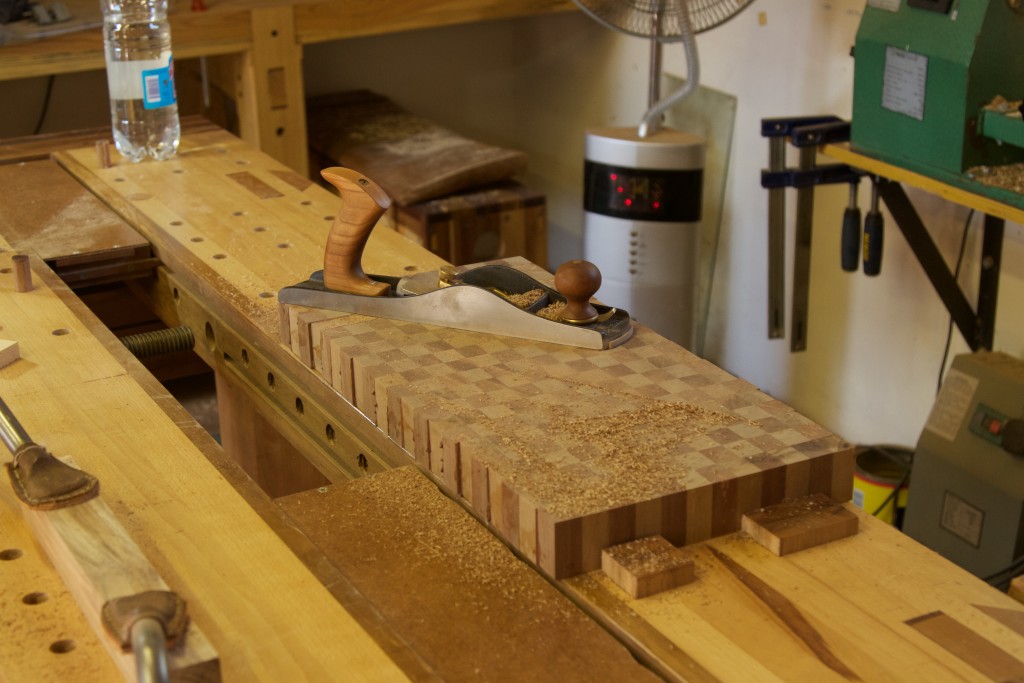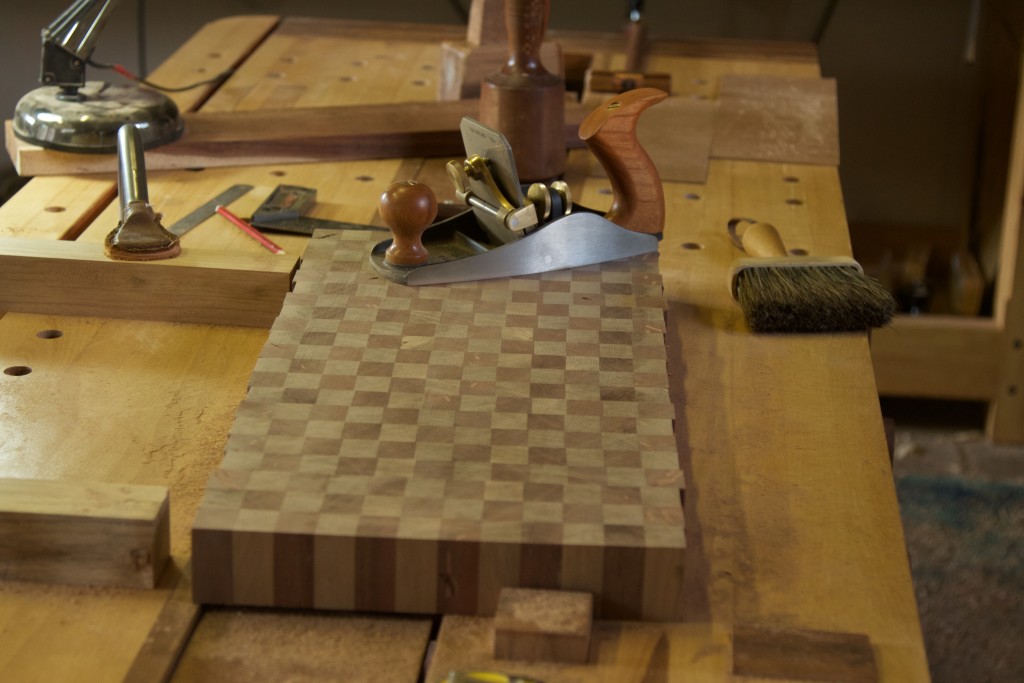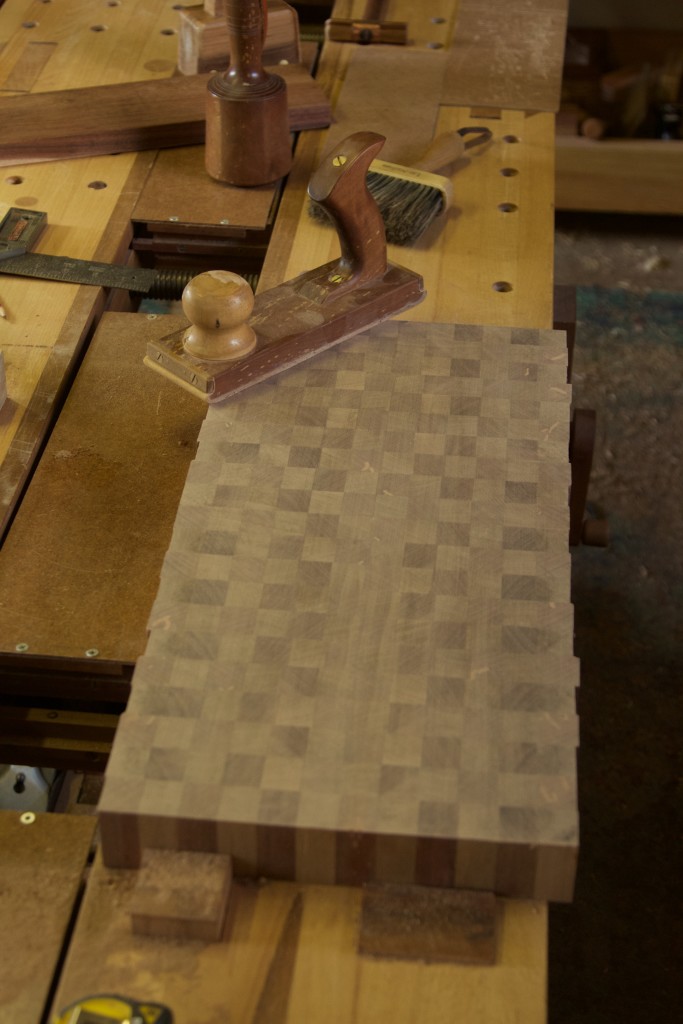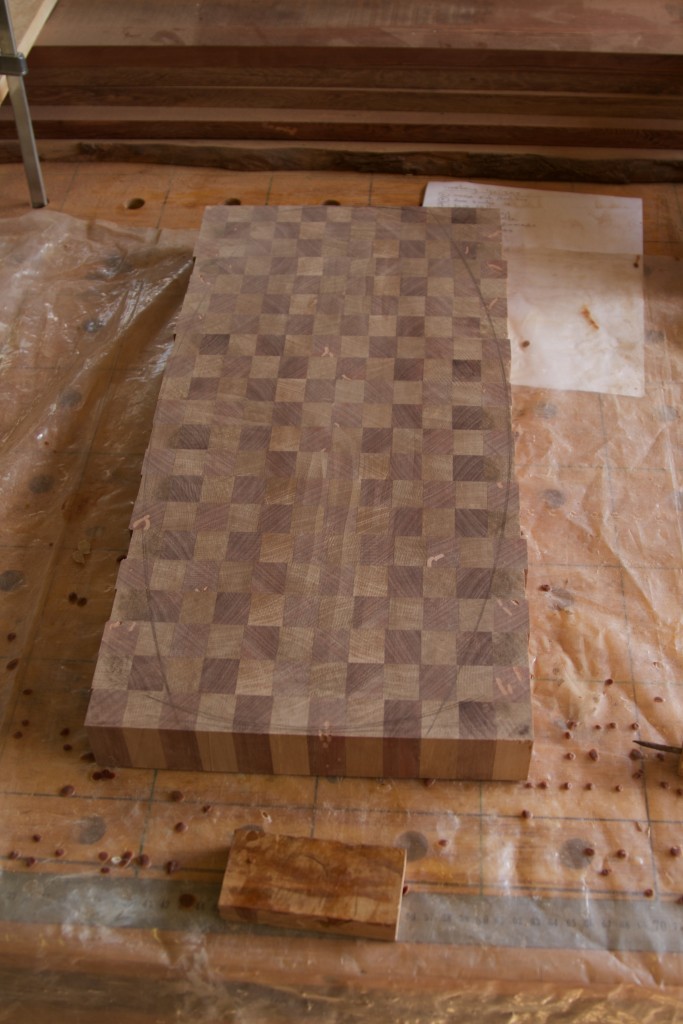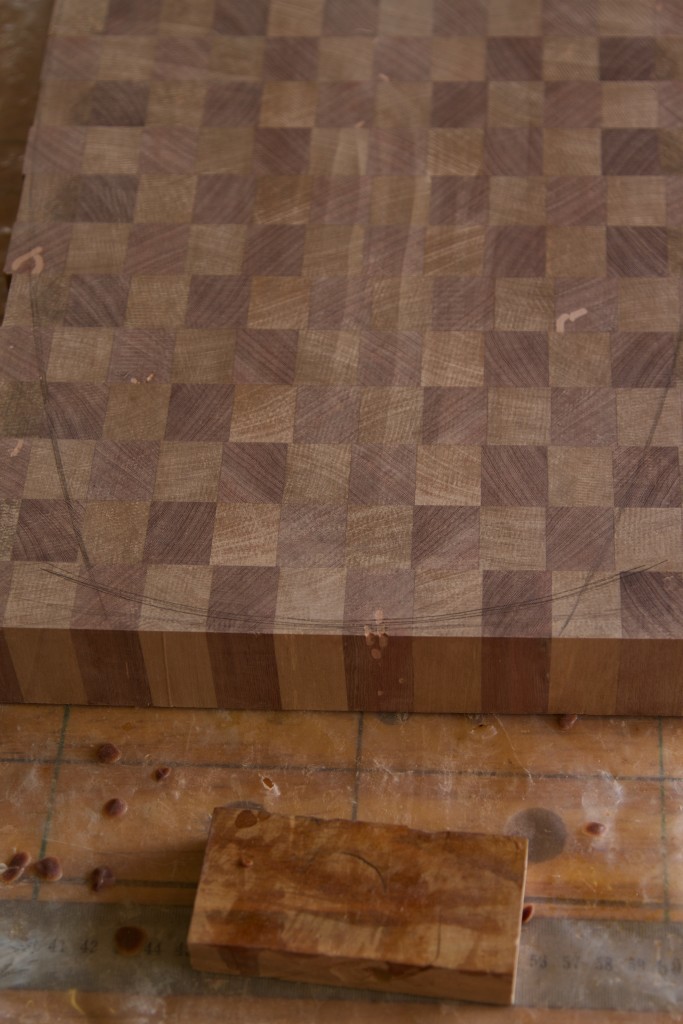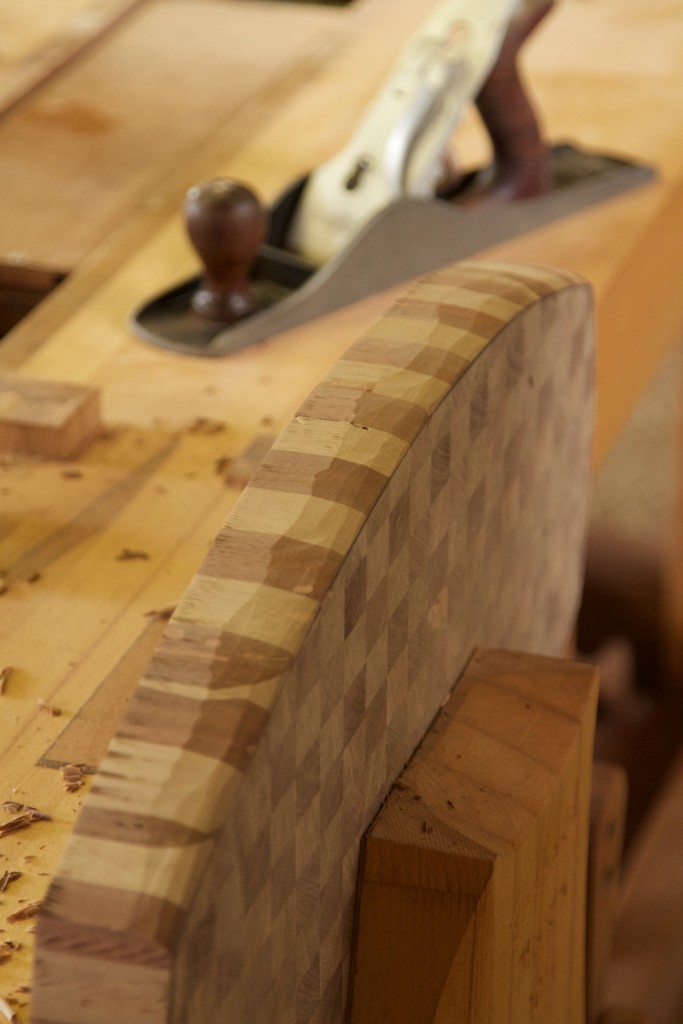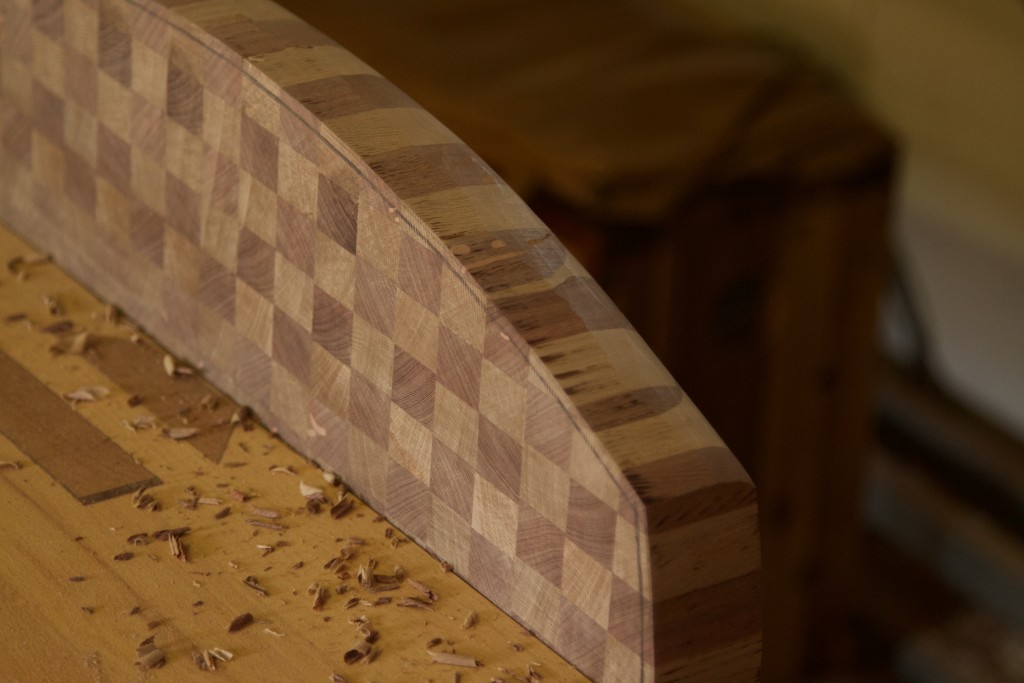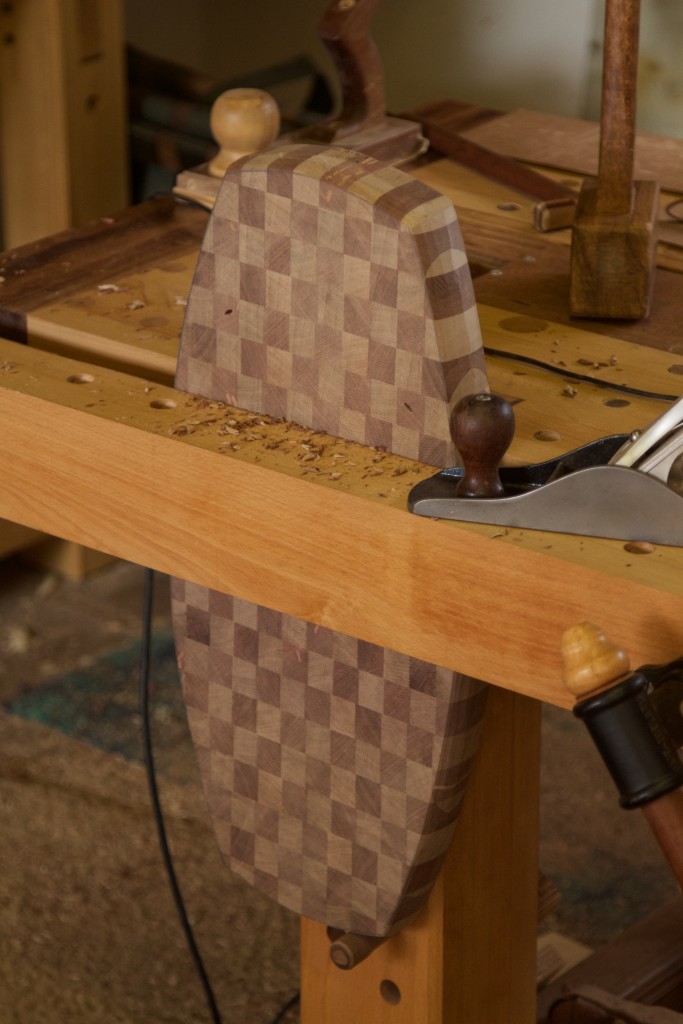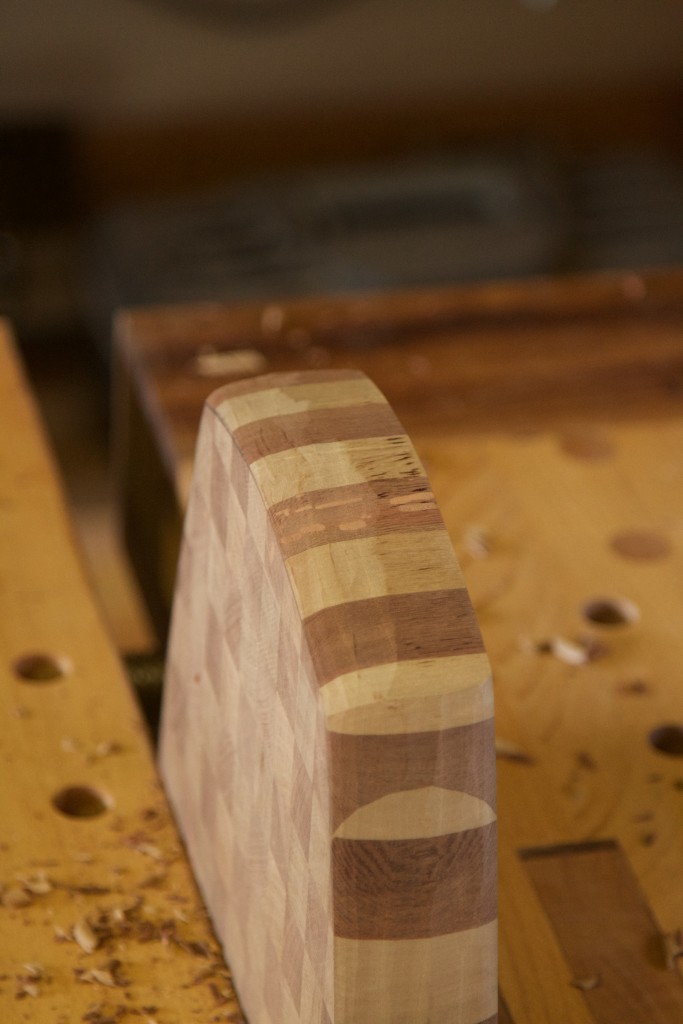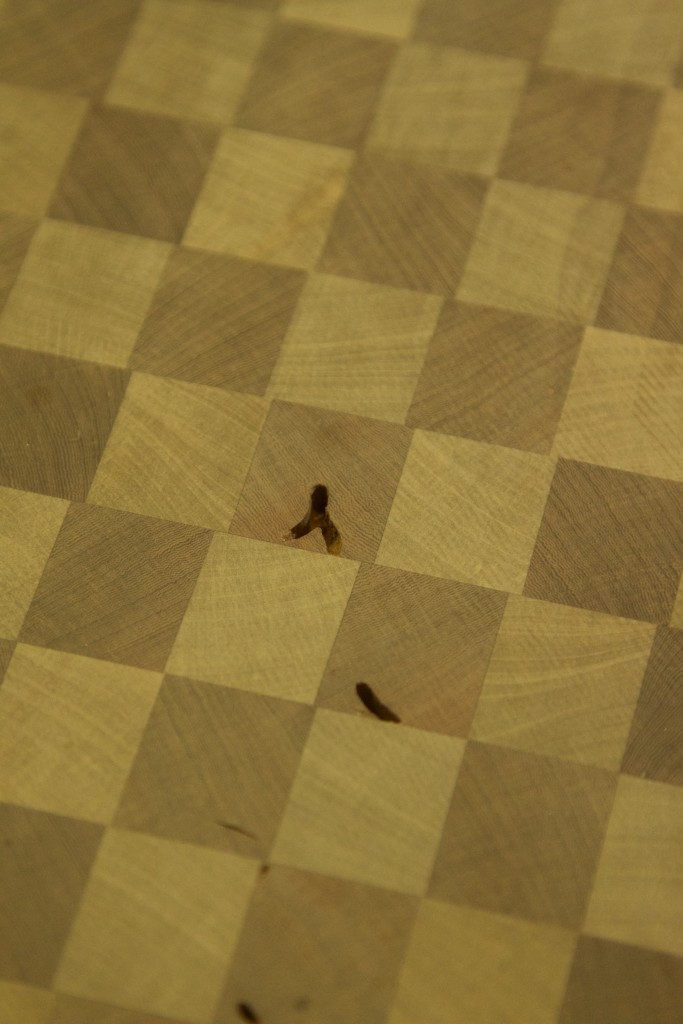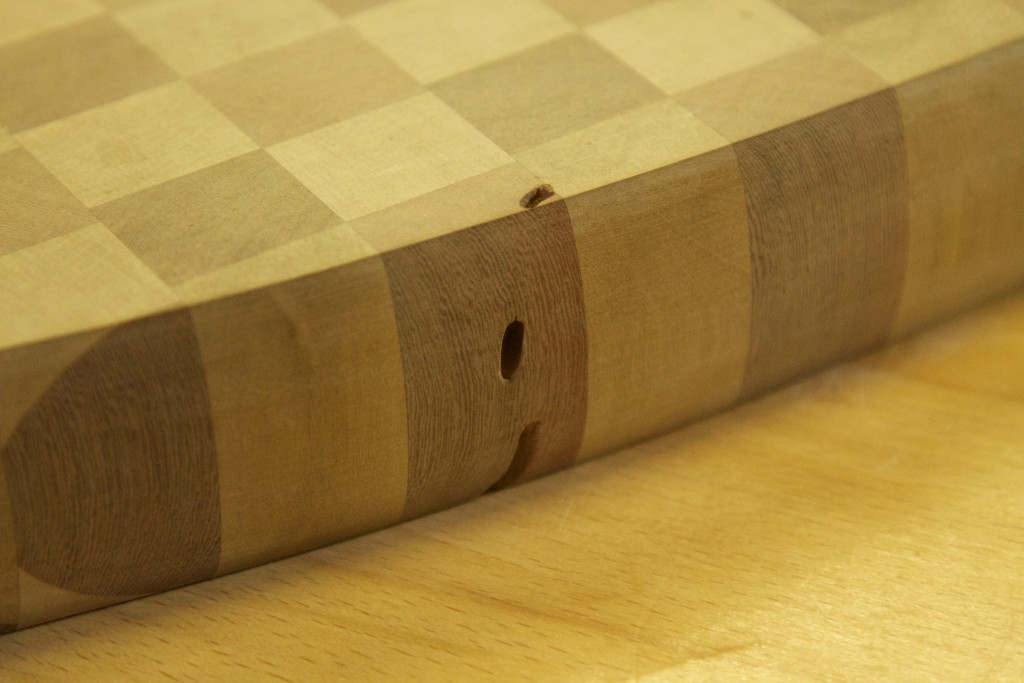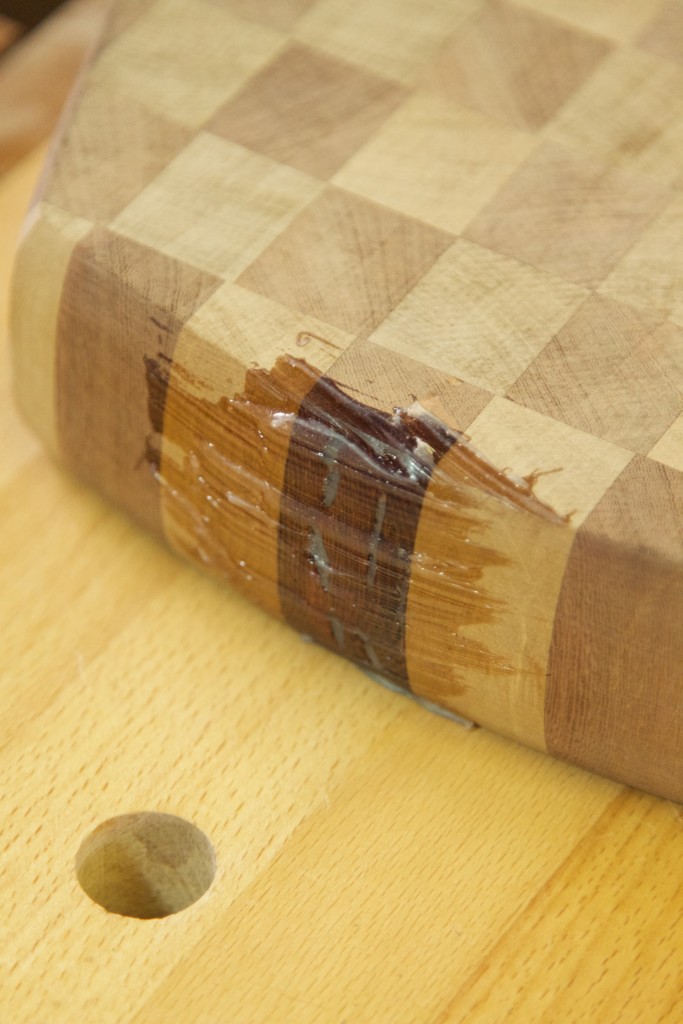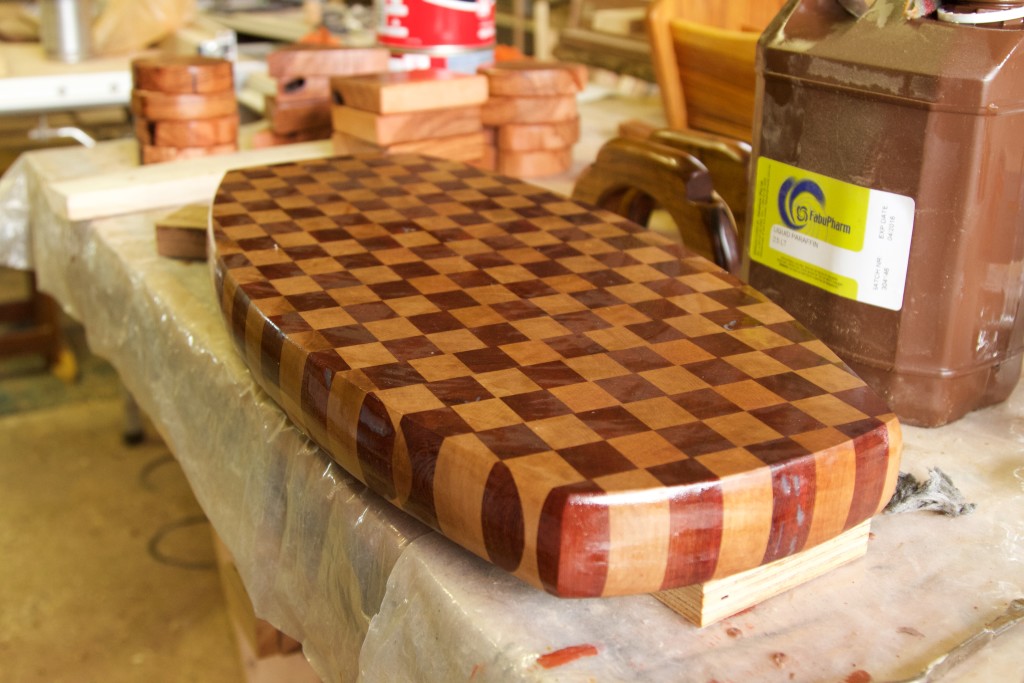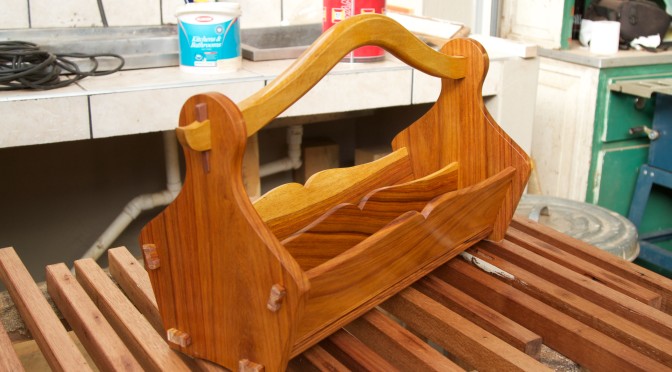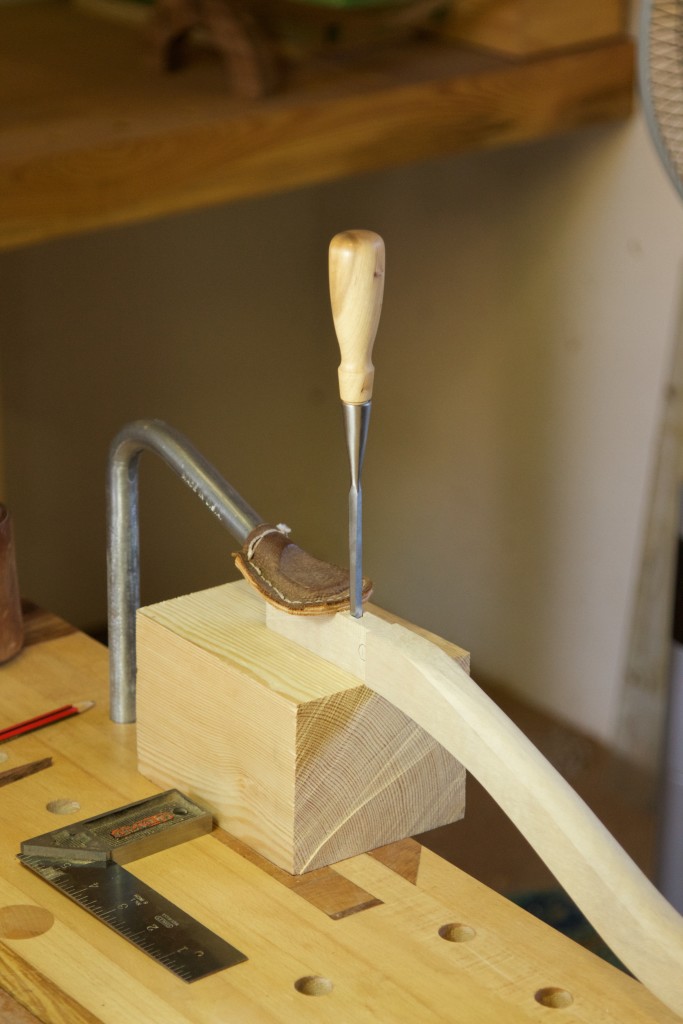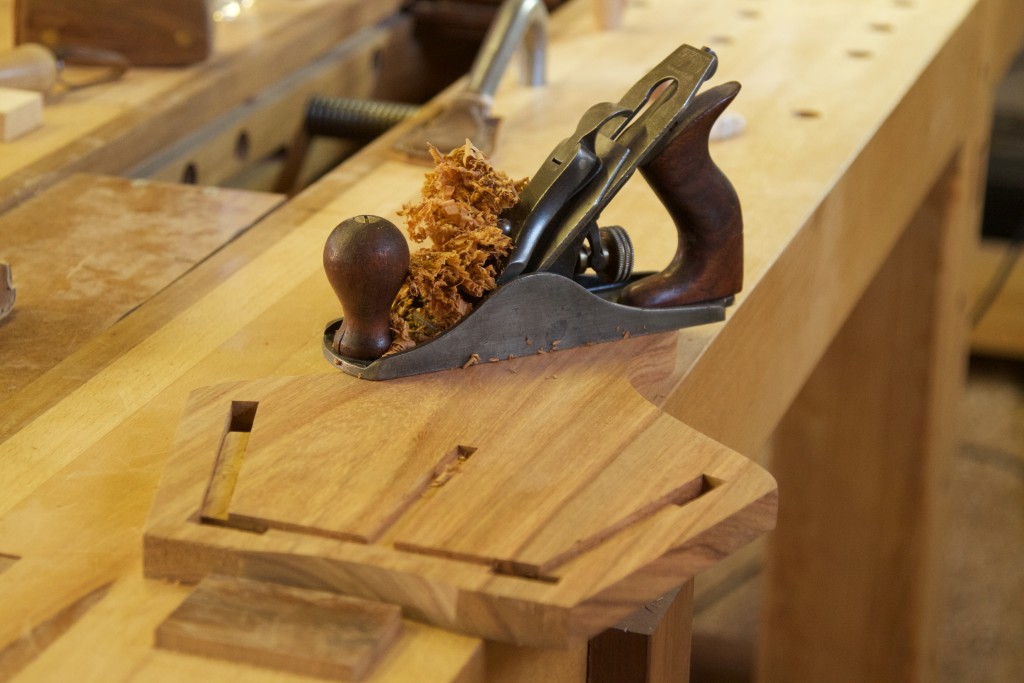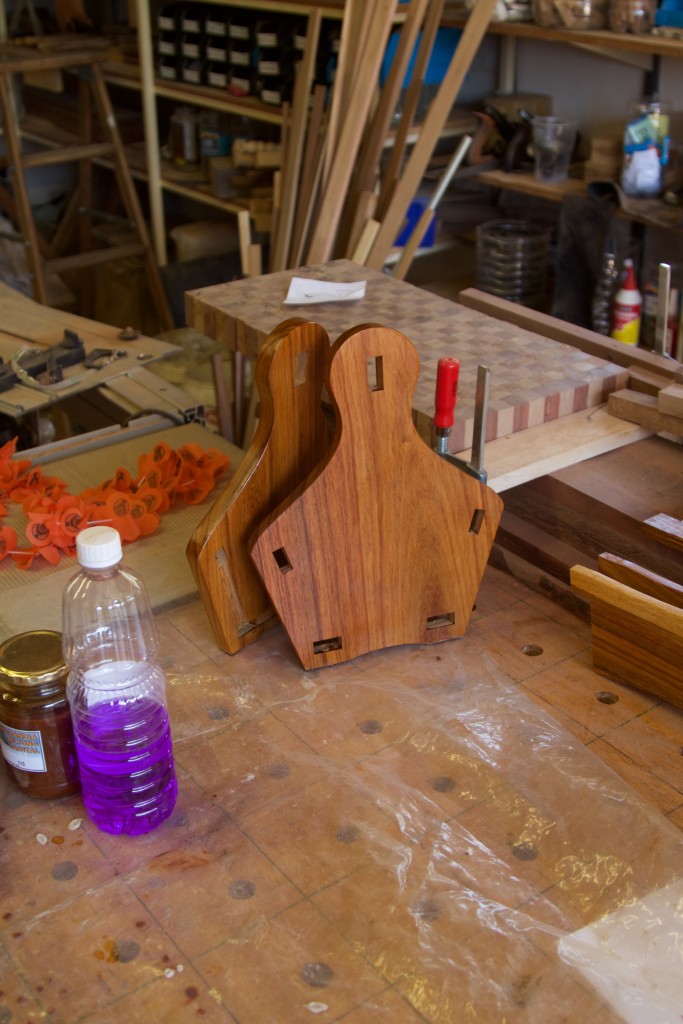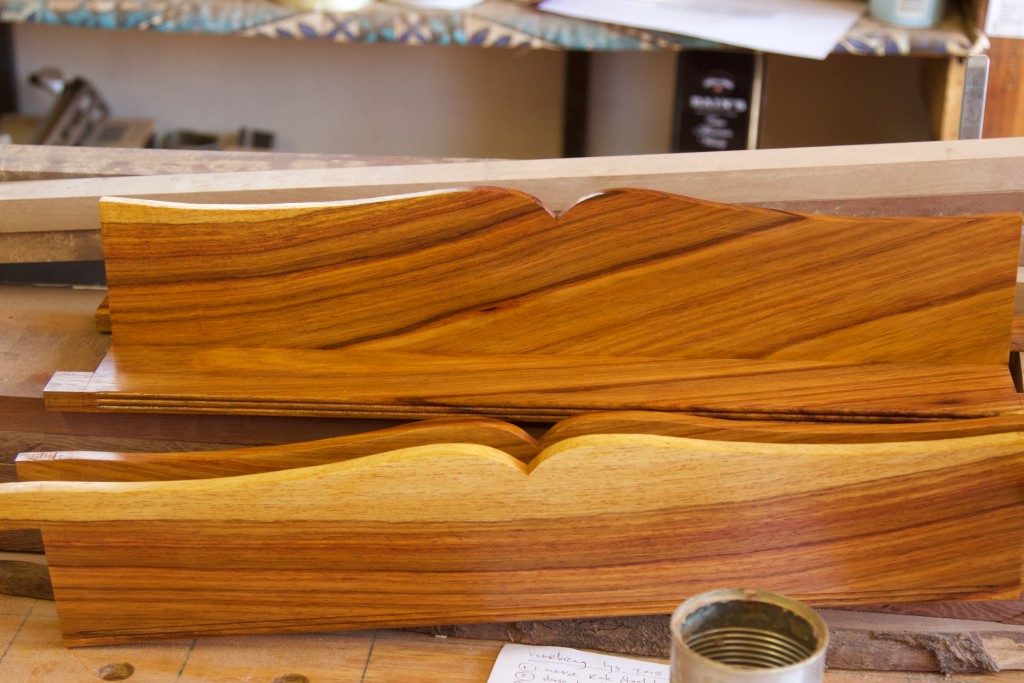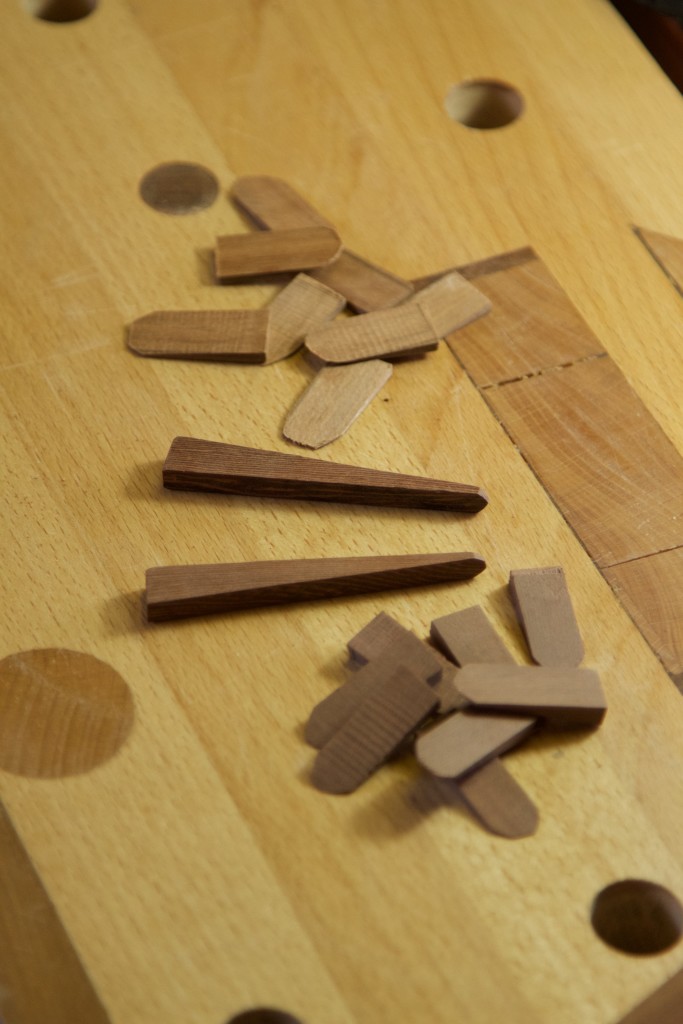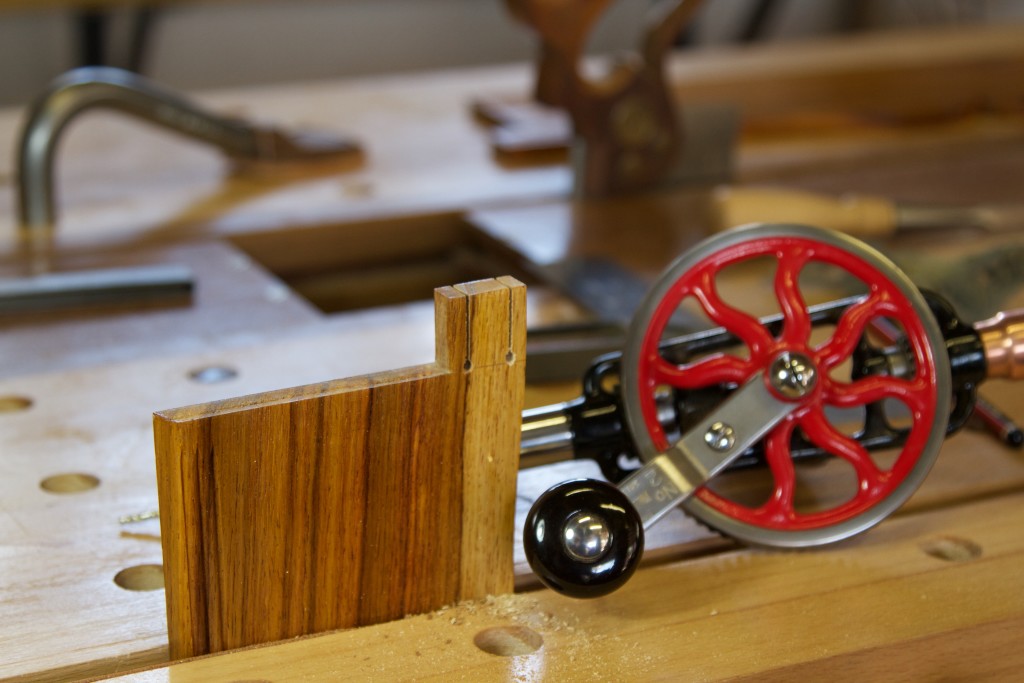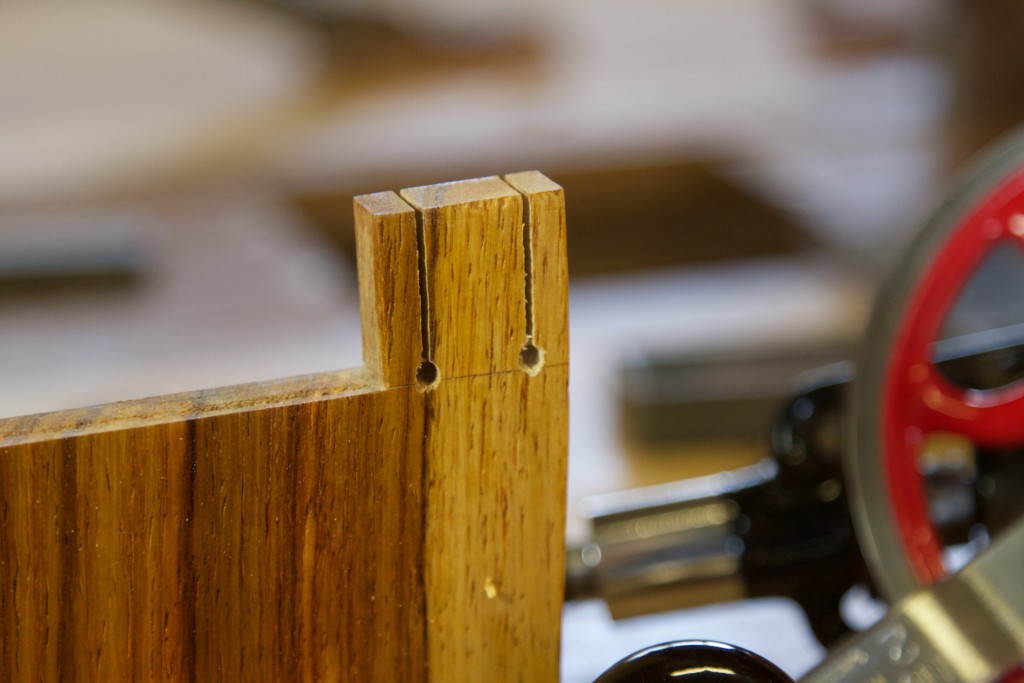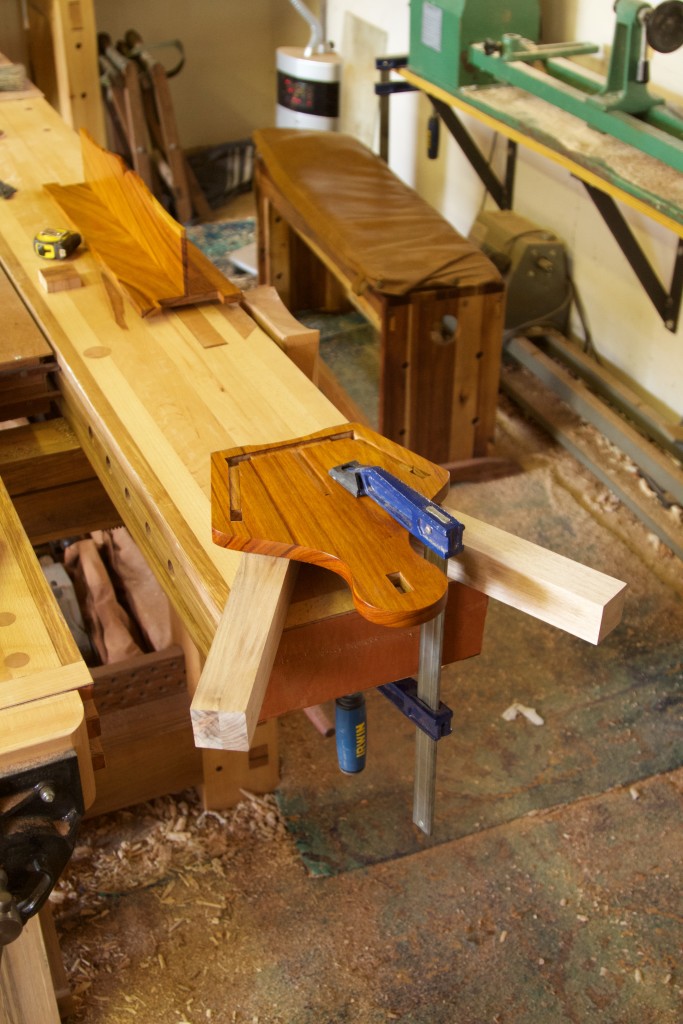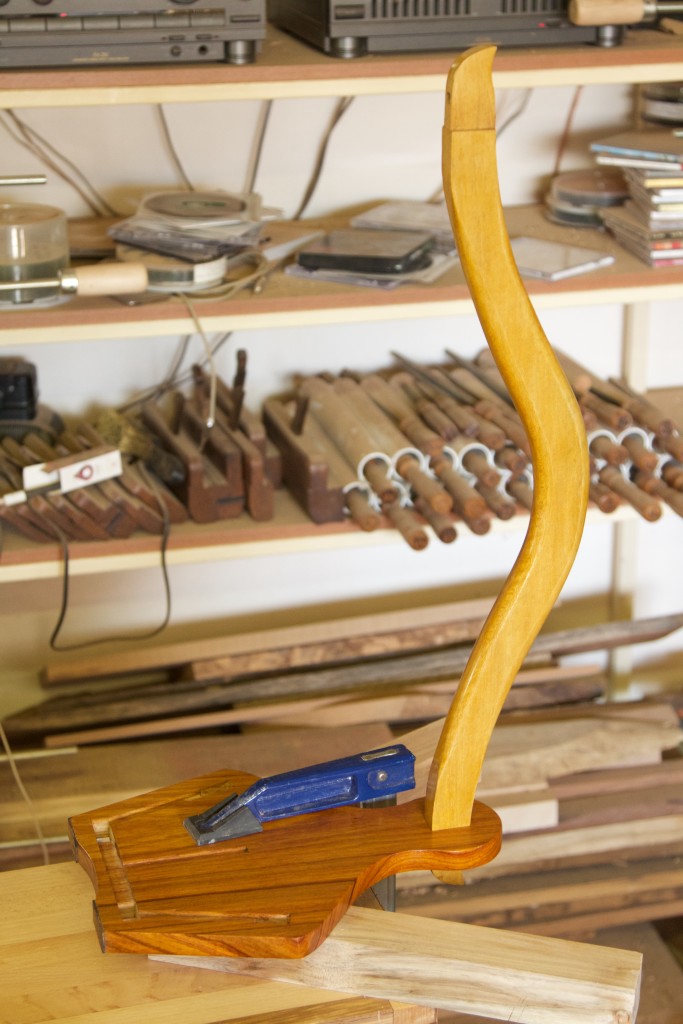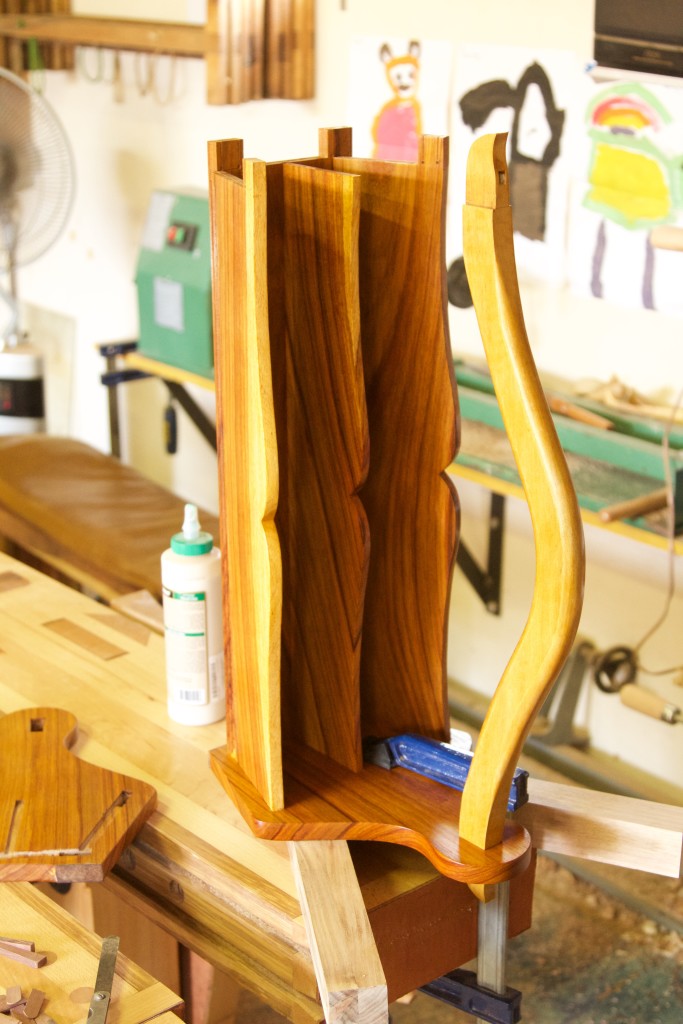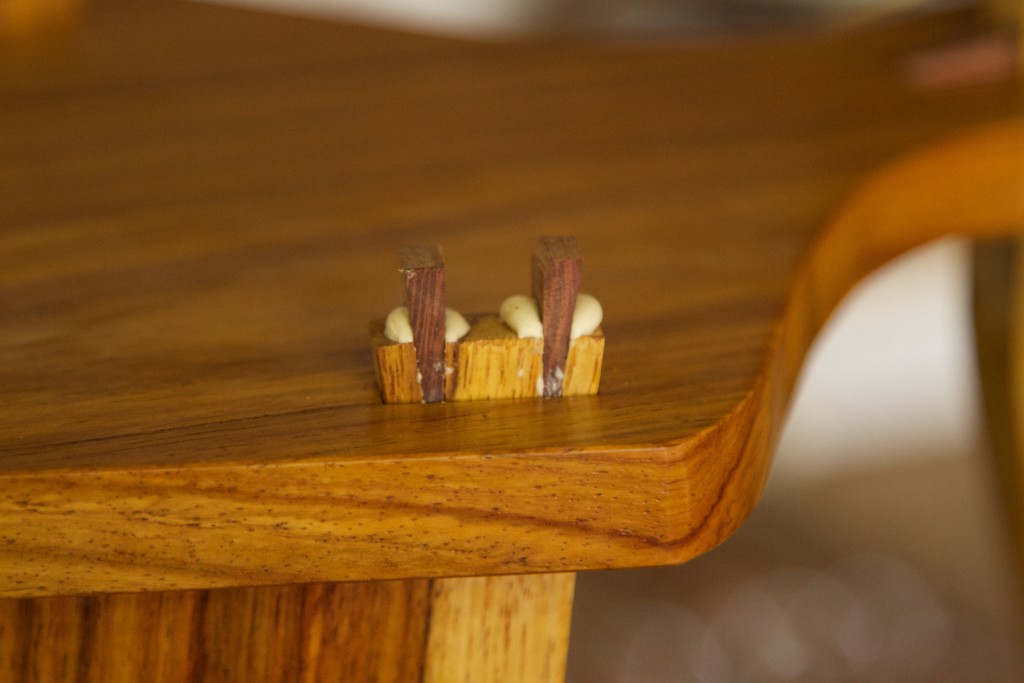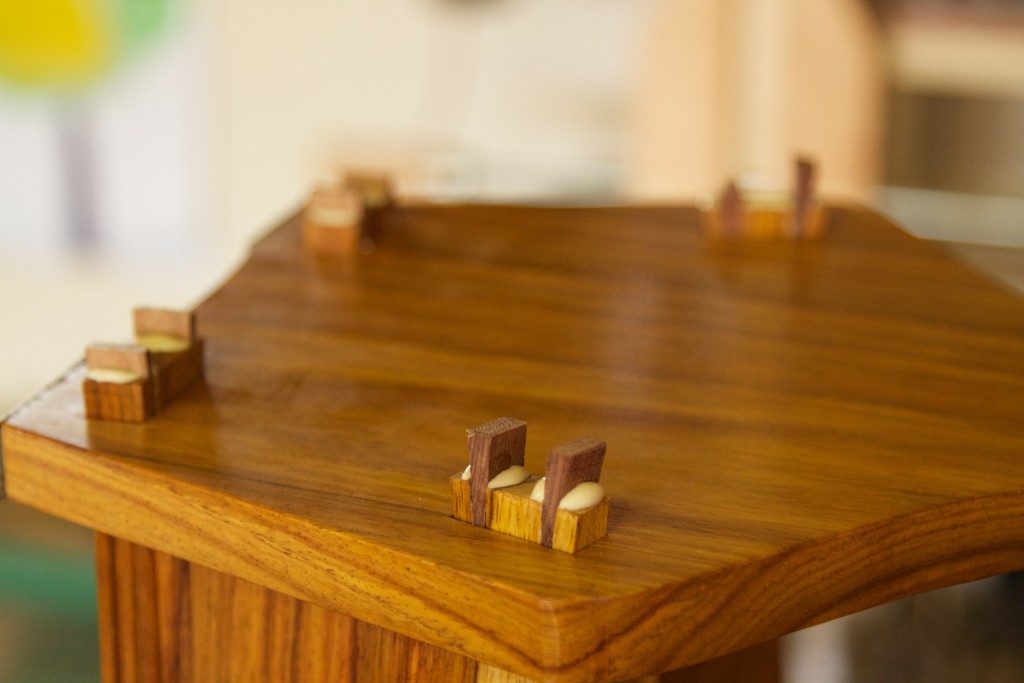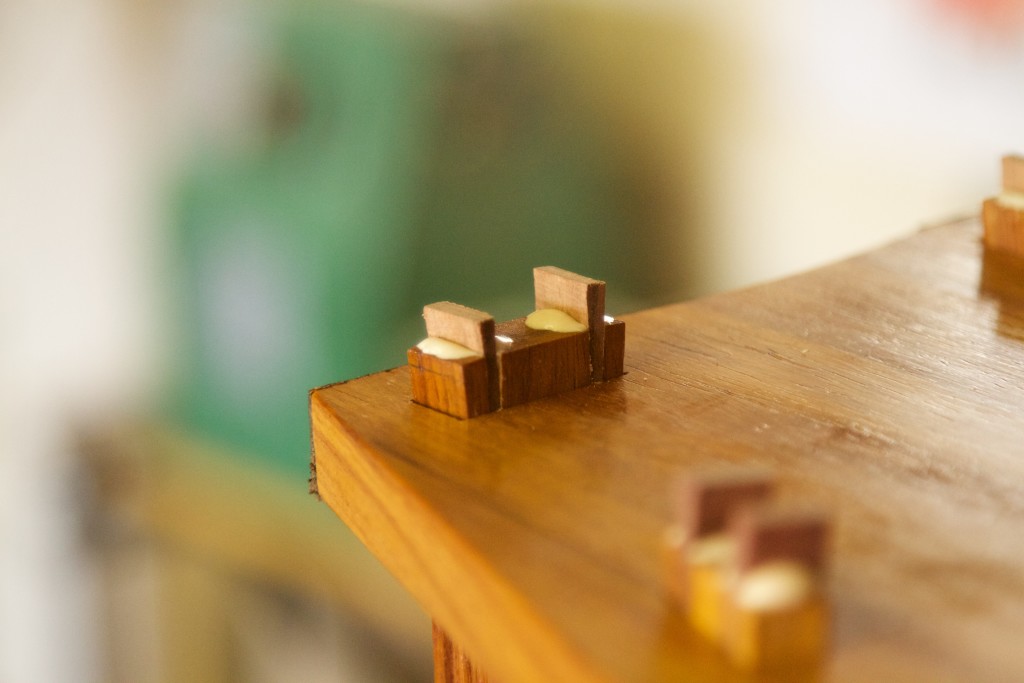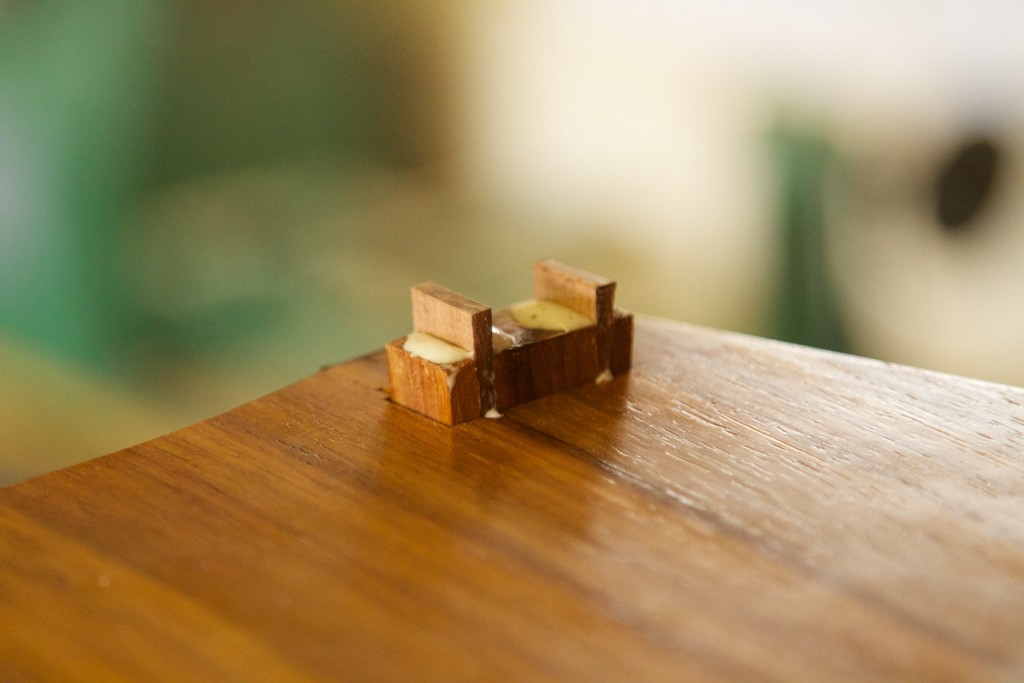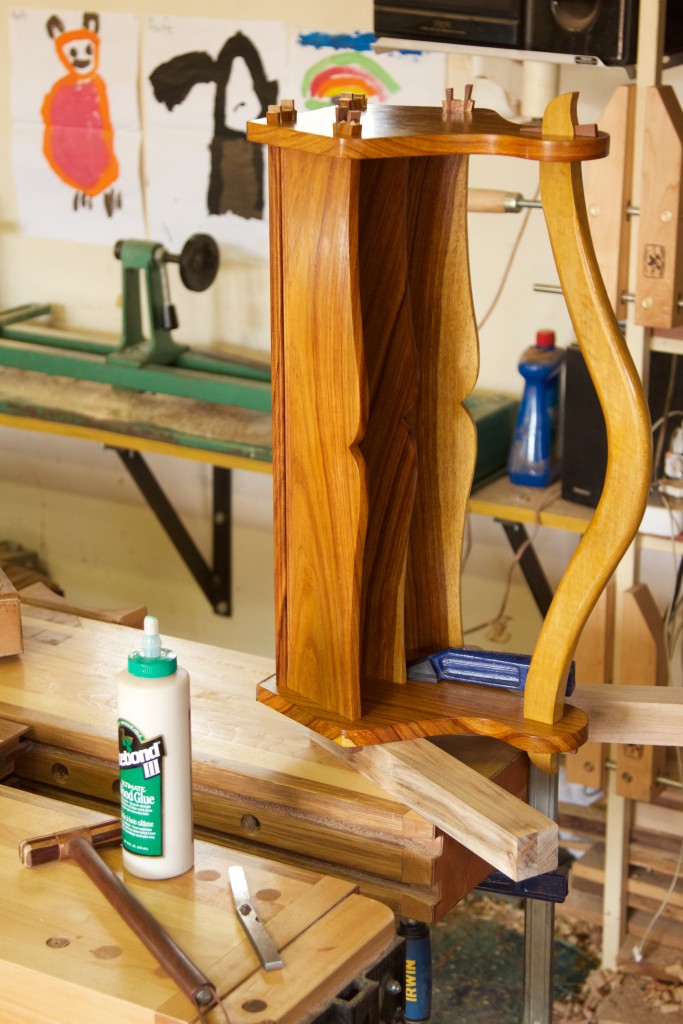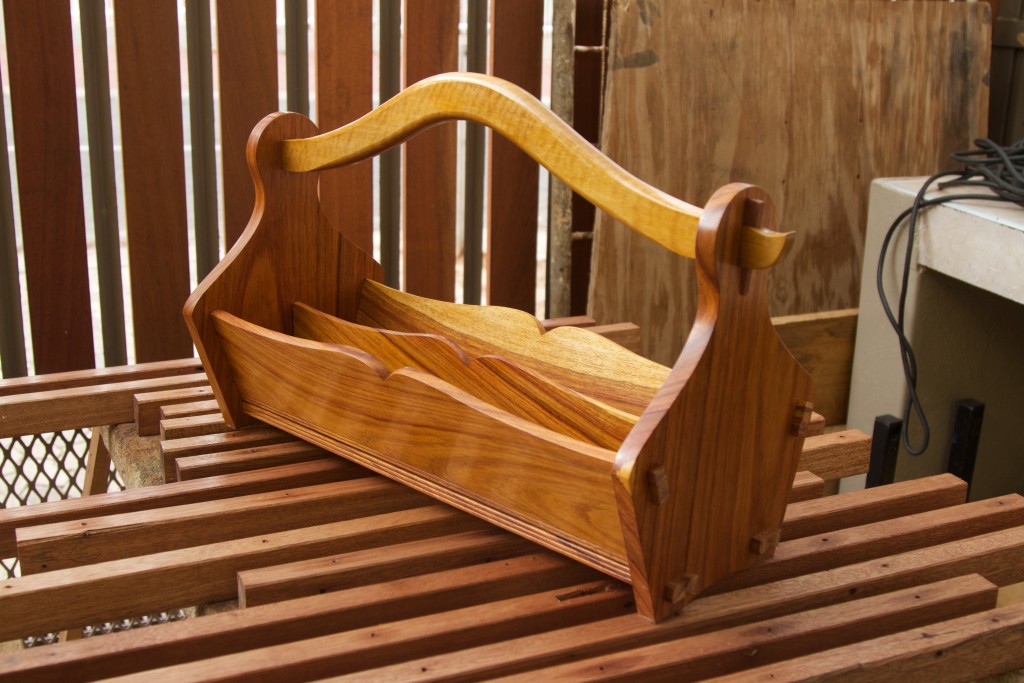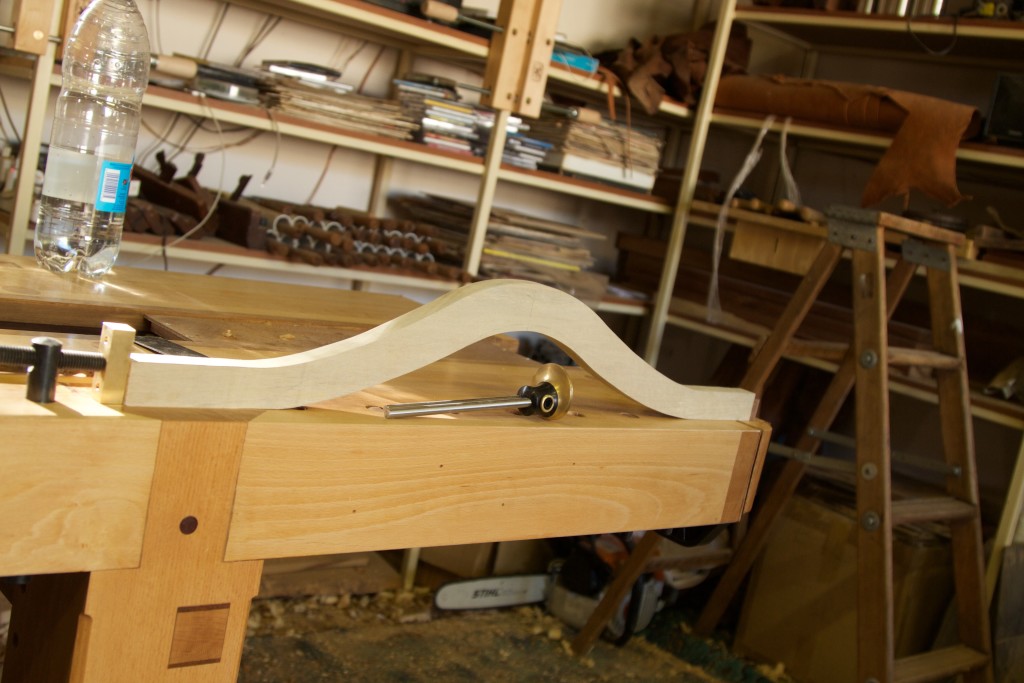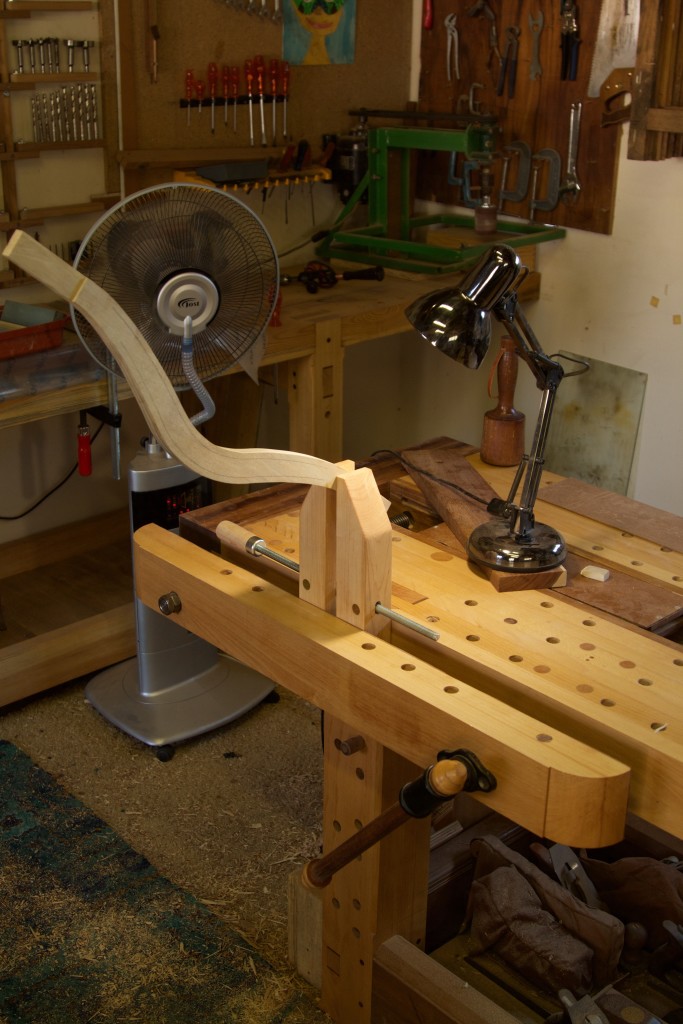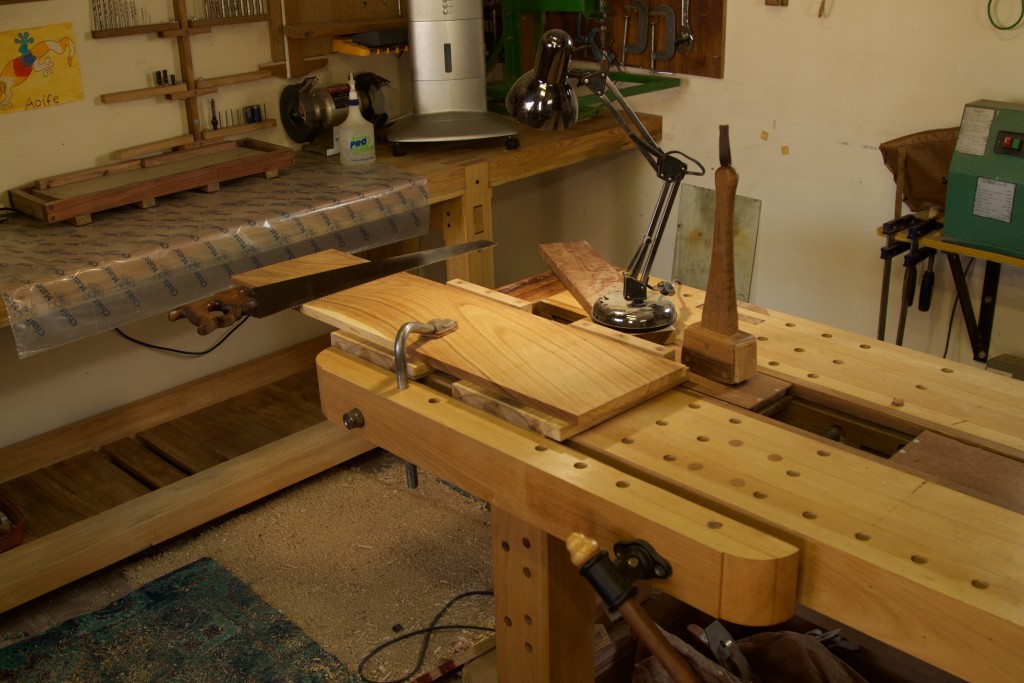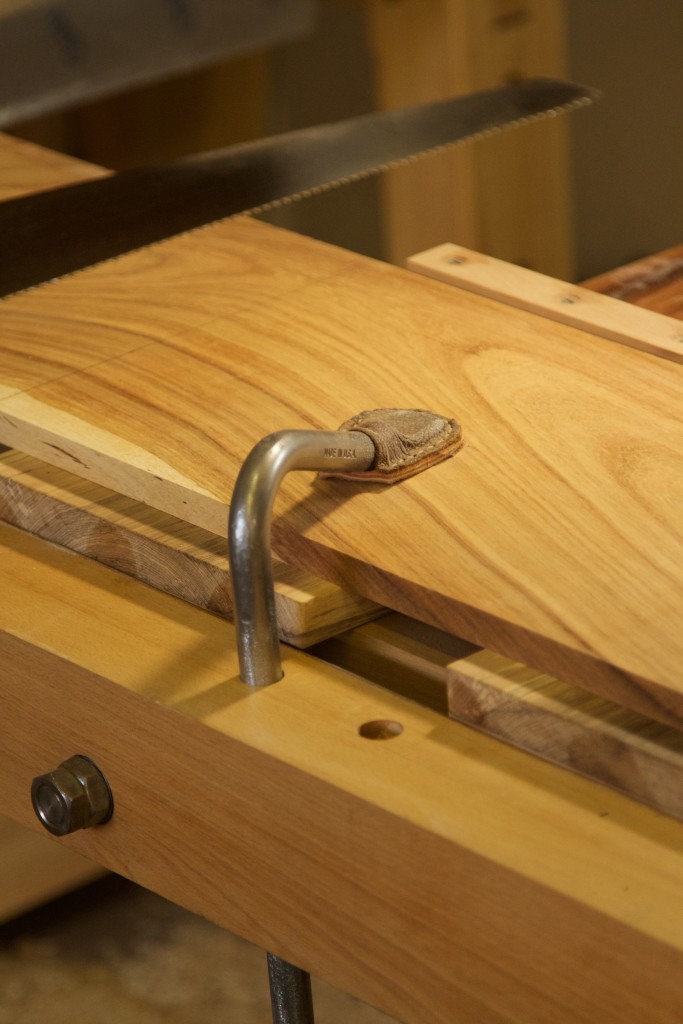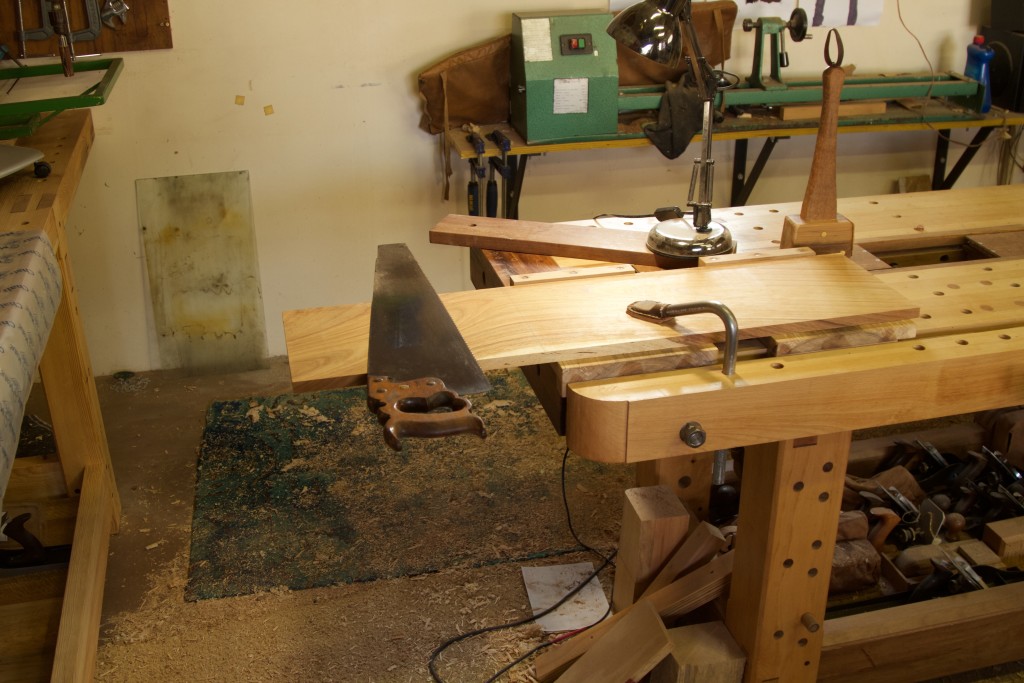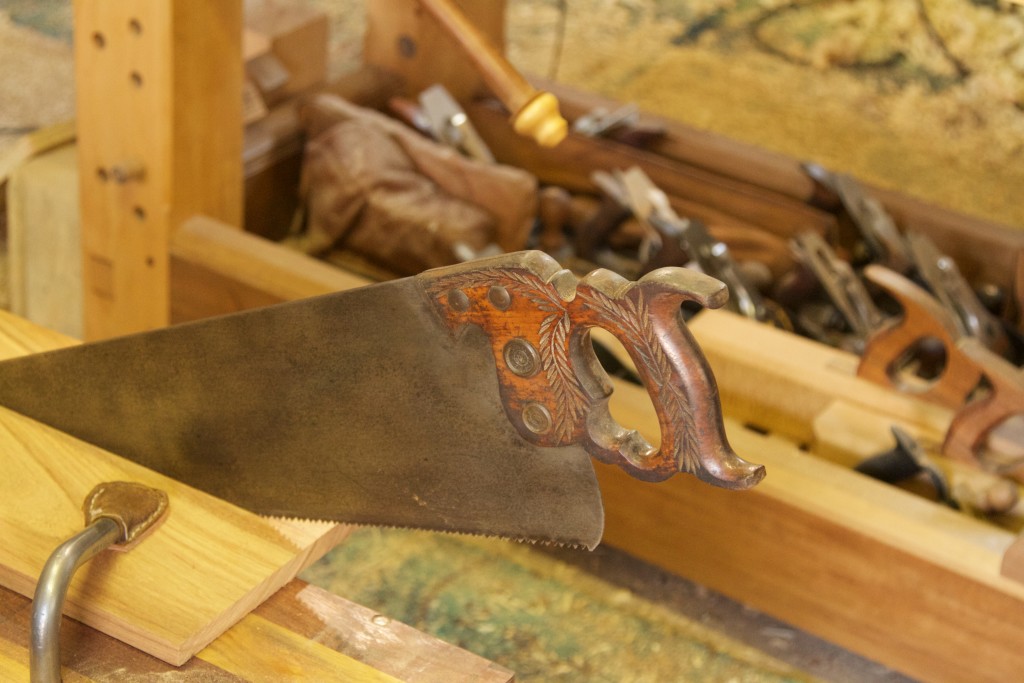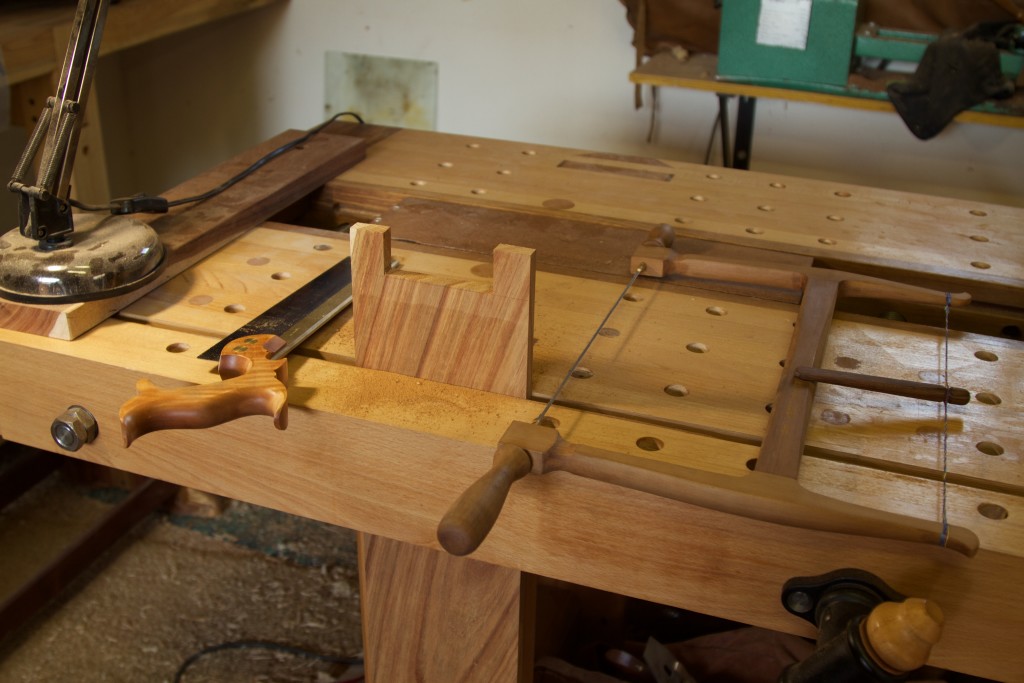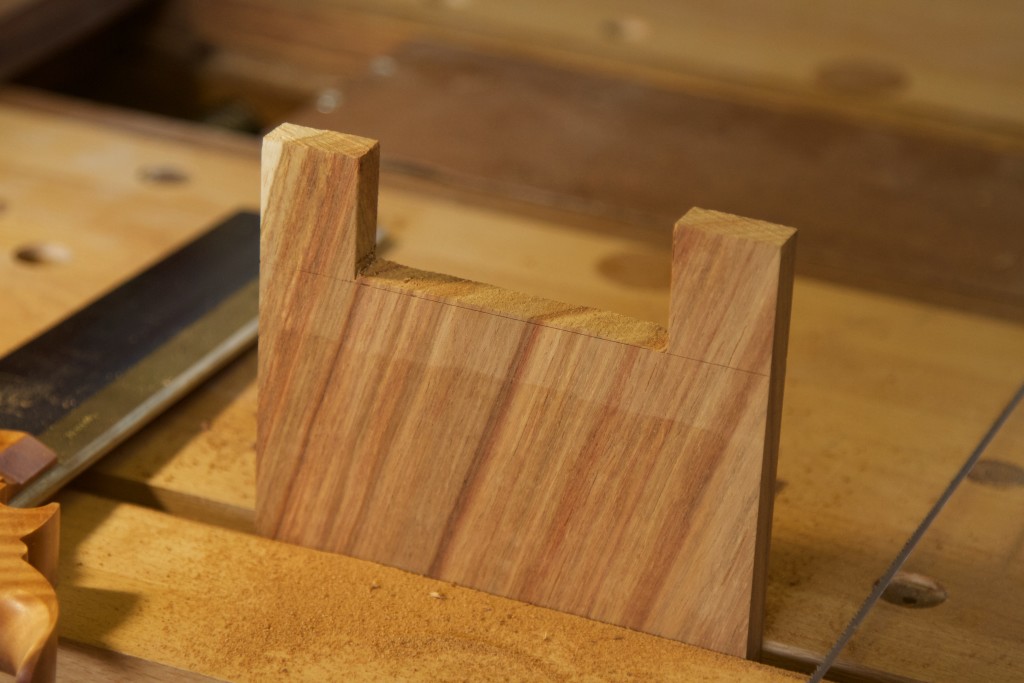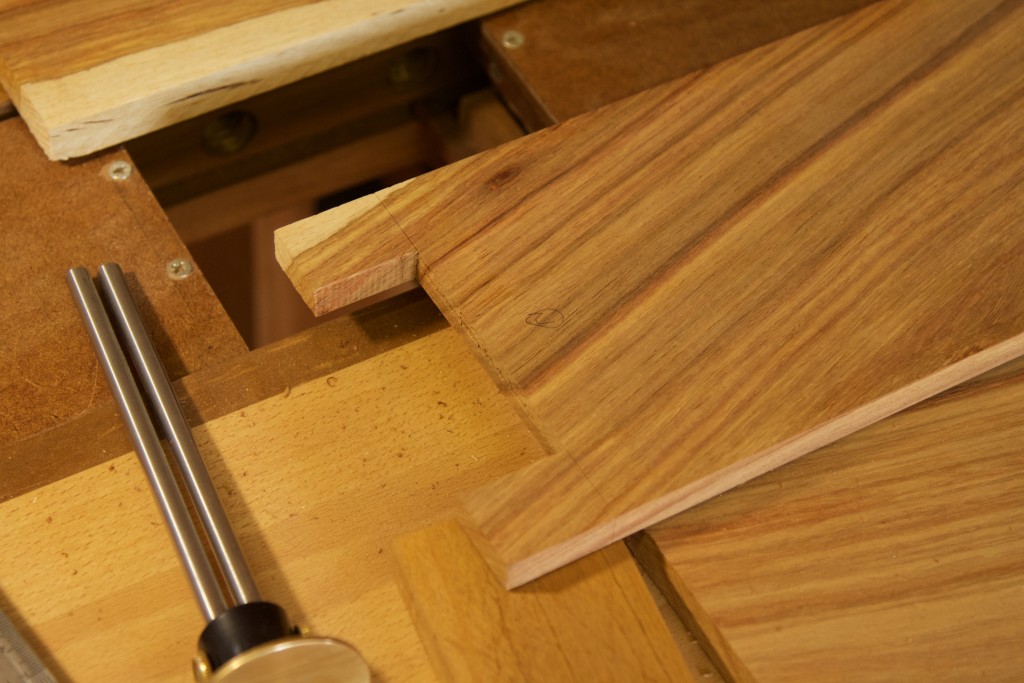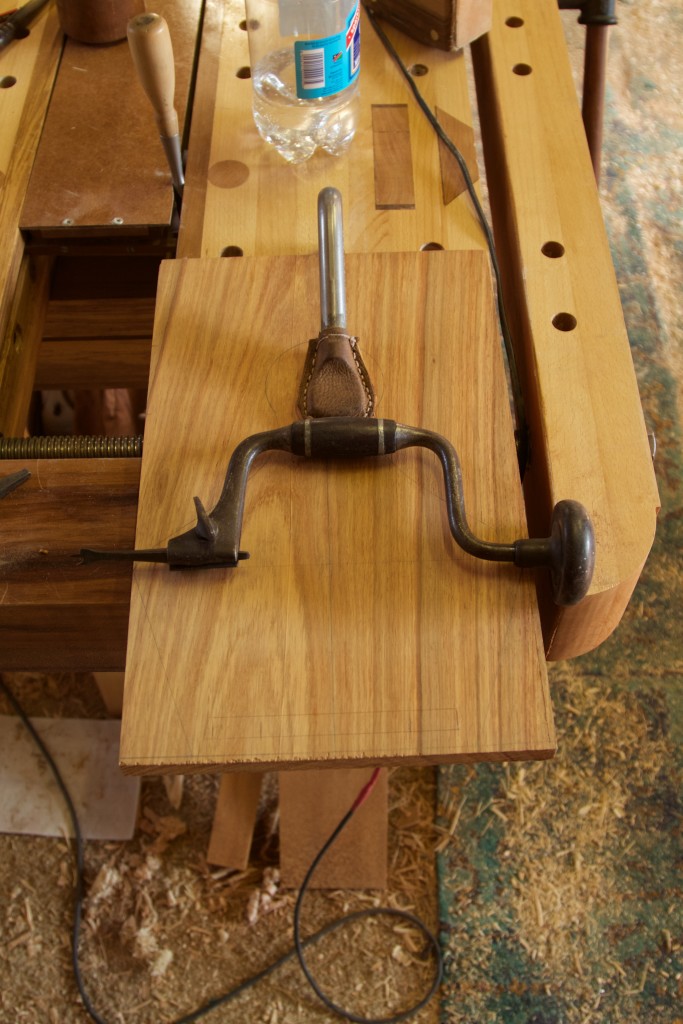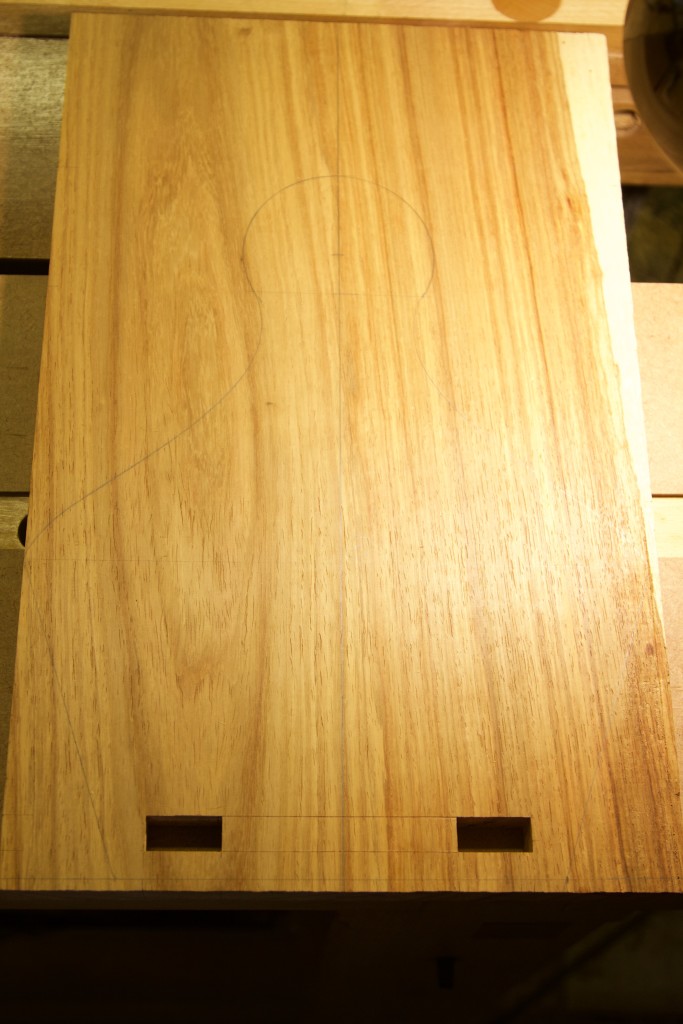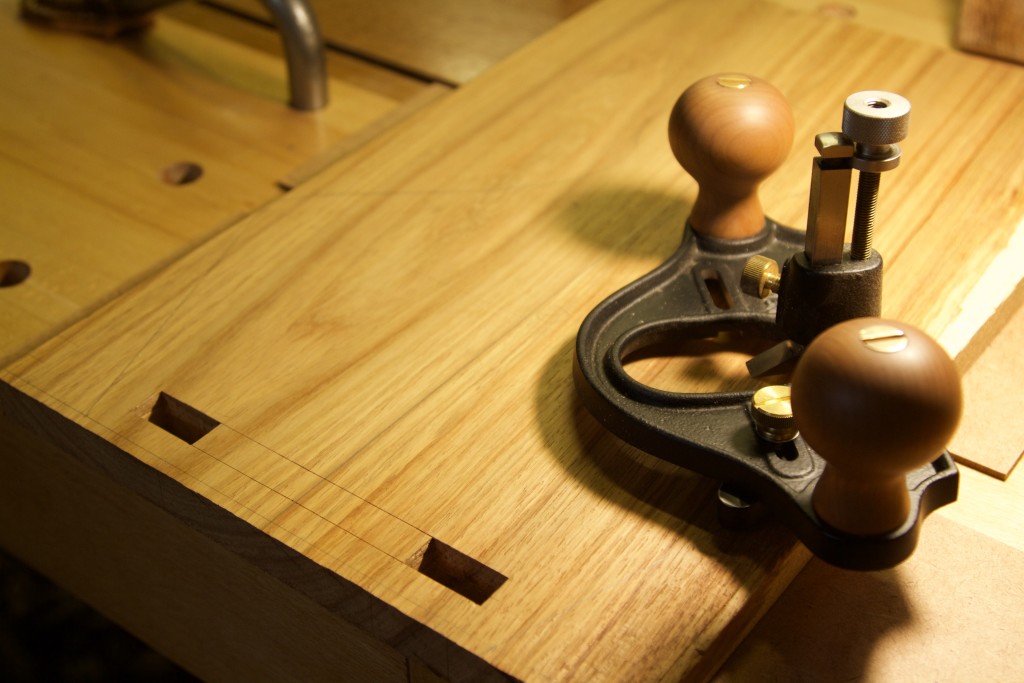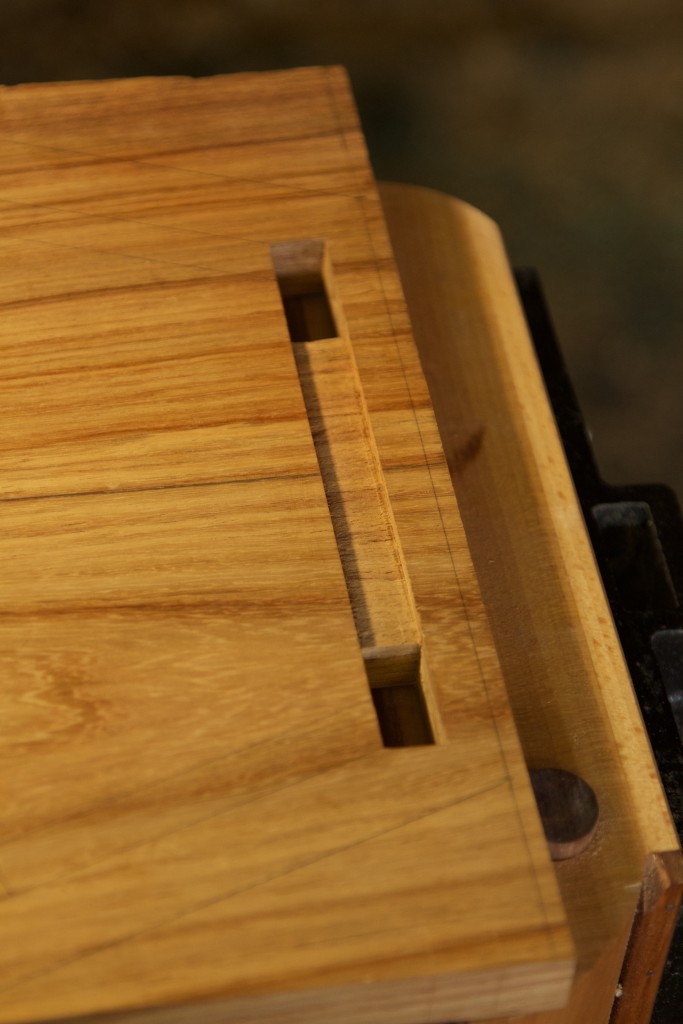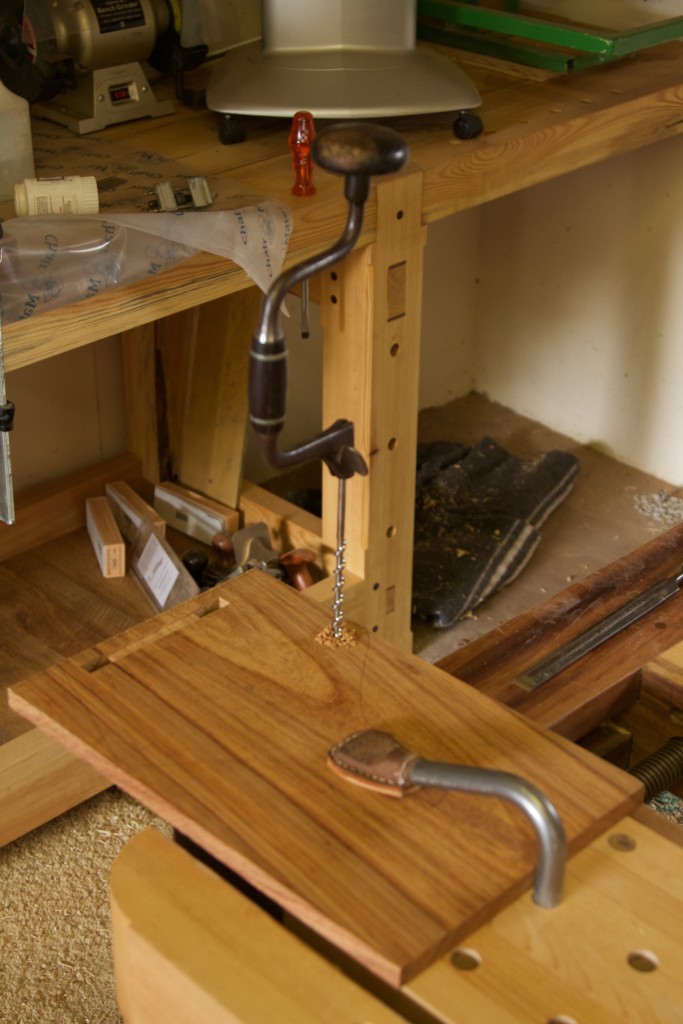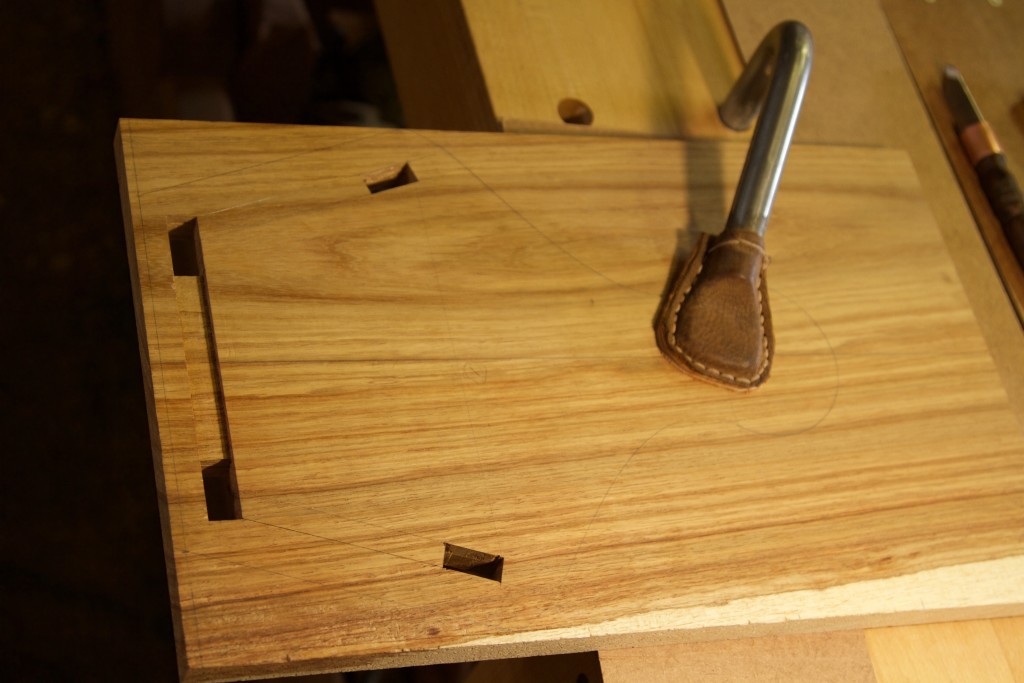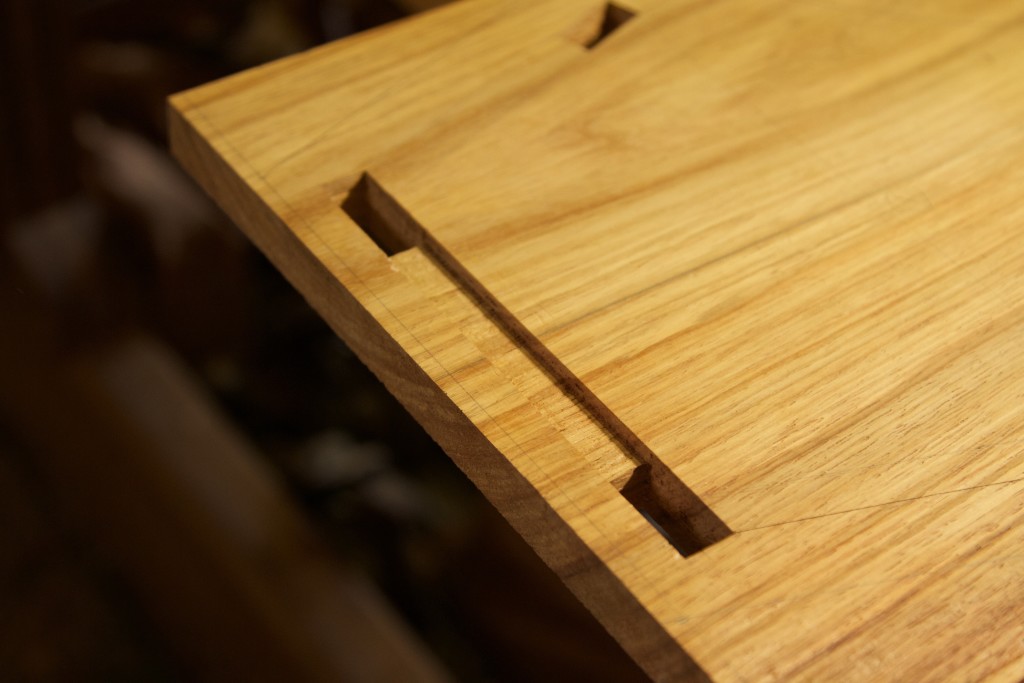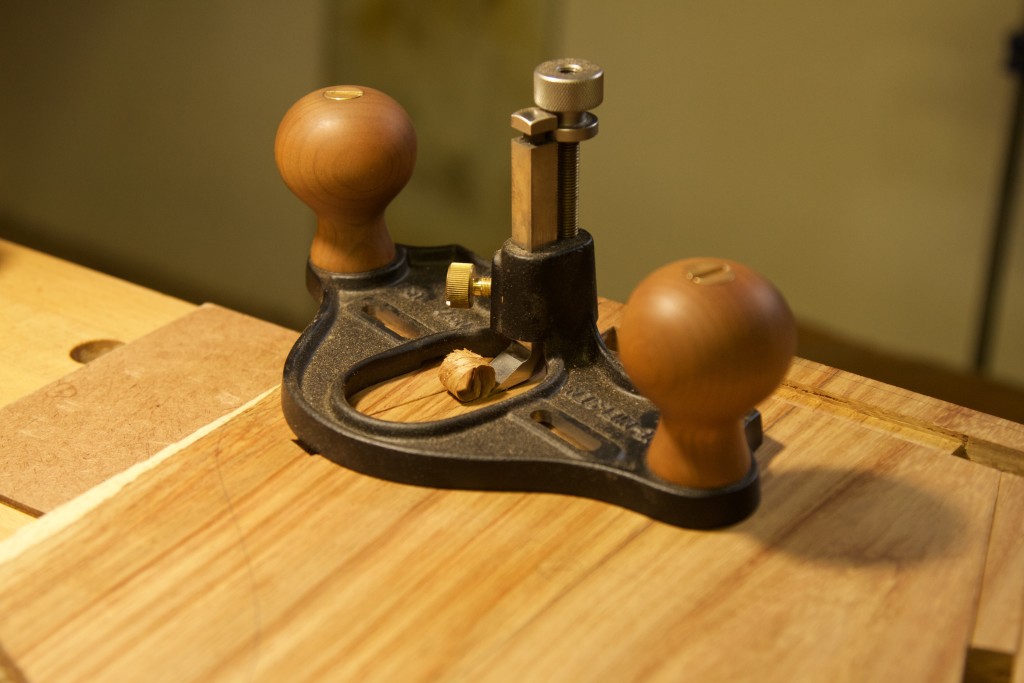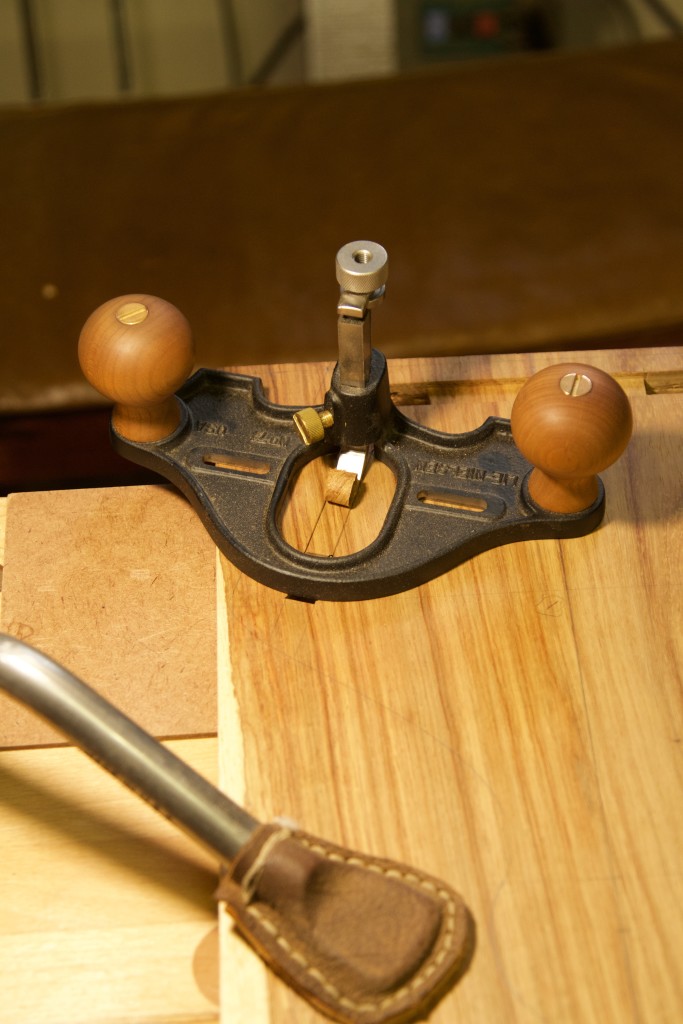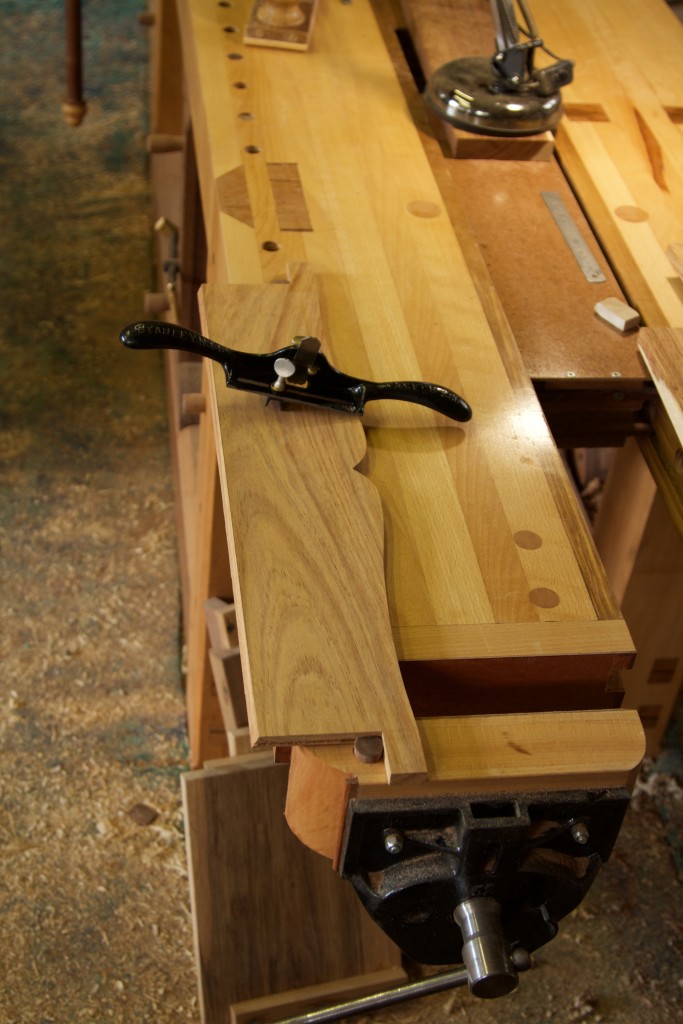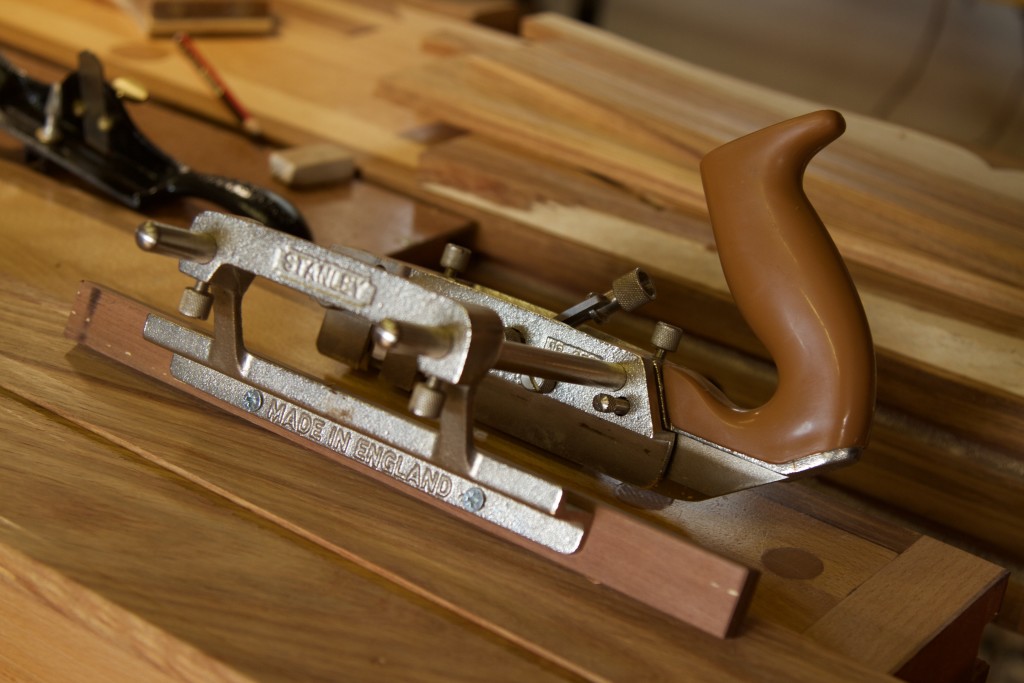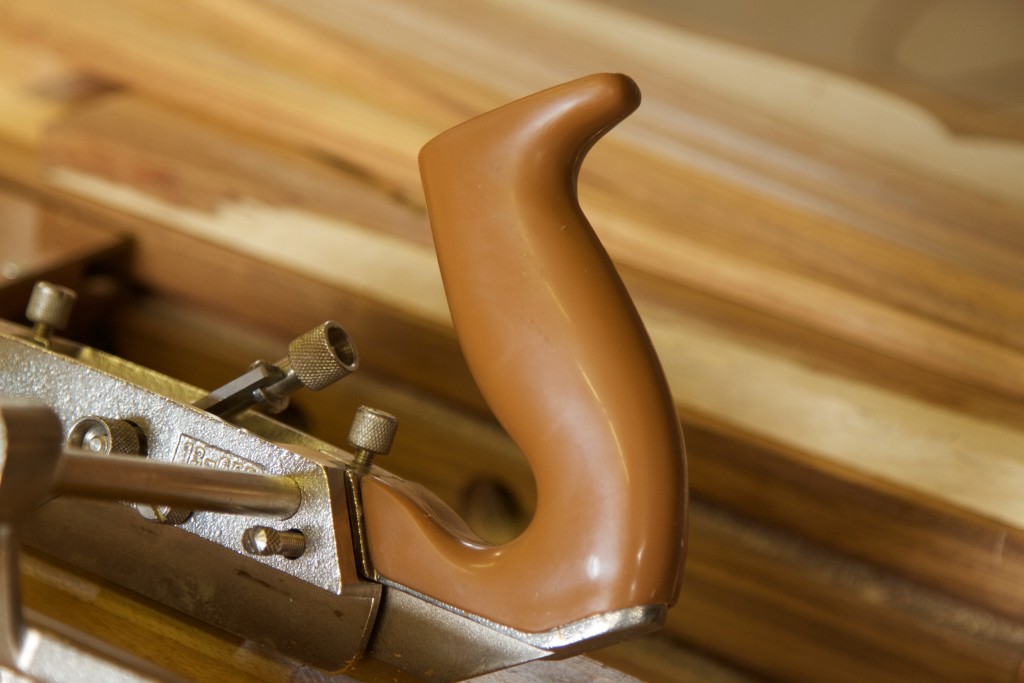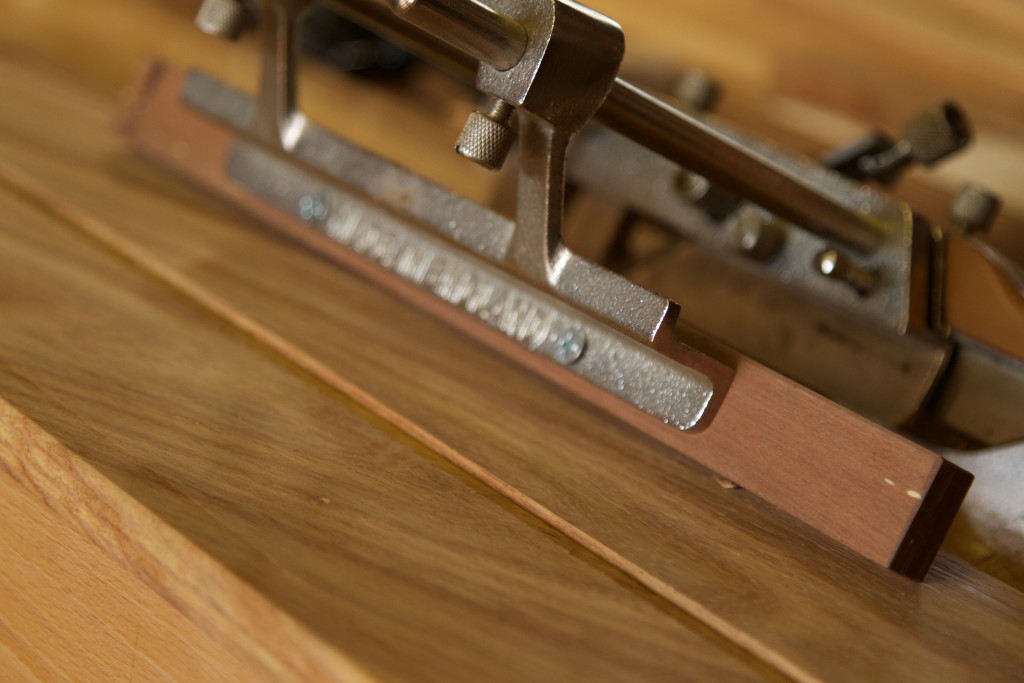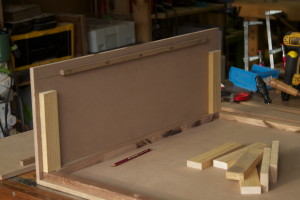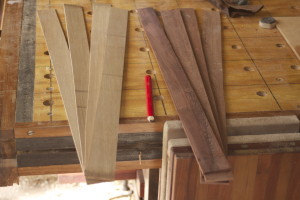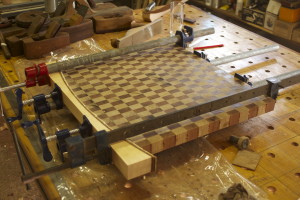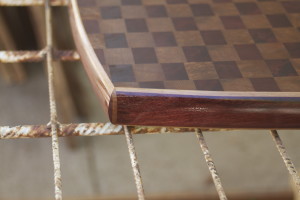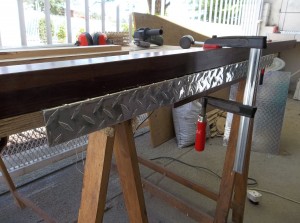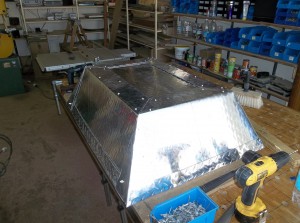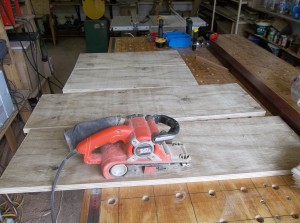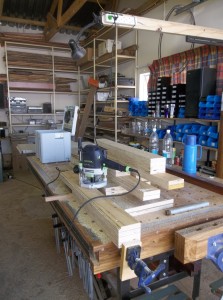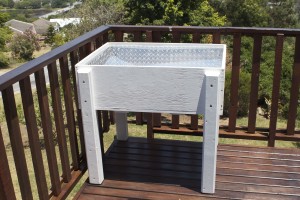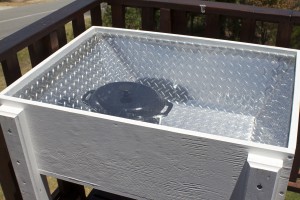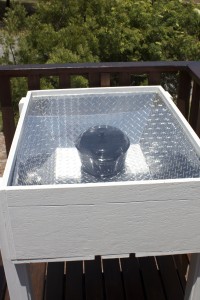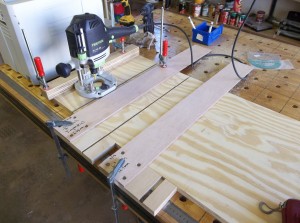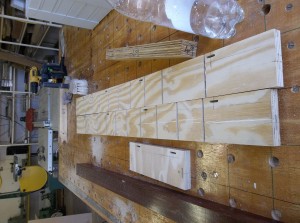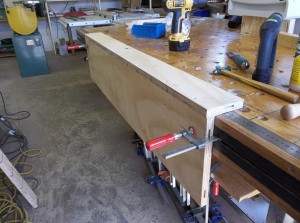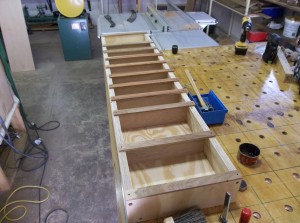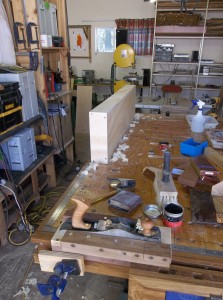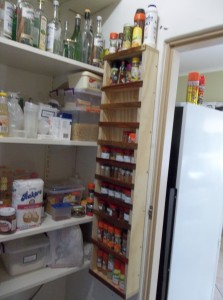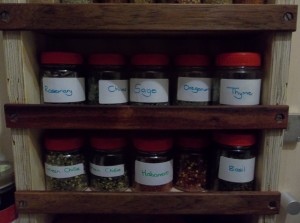18/5/2016
We recently spent a week in Thailand before moving on to Hong Kong for the Royal Australian and New Zealand College of Psychiatrists’ Annual Congress. I have to warn you that this post contains minimal woodworking, but there might be something towards the end that interests spoon carvers. However, I think that our woodwork is often inspired by a range of different things, not only the work of grand masters. It is my wish that this post will illustrate what I mean by the aforementioned statement.
It is amazing how a trip to a foreign country can inspire new ideas for the shop even without trying to find it. What struck me most was how the Thai people live close to nature and use everything it provides them with to the fullest. The best example of this is their use of the humble coconut. Literally every part of it is used and often for a number of different tasks. I will elaborate on this later.
Let’s first take a tour around the island of Koh Samui. I bought a stunning painting of the Buddha from this artist.
Yes we did have many Happy Hours during our 1 week stay.
There are so many perfect beaches it is difficult to know which one to enjoy.
These are called “long-tail boats”. I took this photo one evening without a tripod so it is not perfect, but it has a few things going for it. At the very least it captures a little bit of the long-tail’s romance, I hope.
I think it is now time to plunge into the main reason for writing this post. We attended a full day cooking class with a true artisan by the name of Ying. She first took us to the local market. We bought all we needed for the day’s cooking and was able to ask all those questions a westerner might harbour regarding some fairly challenging produce.
Such as frogs …
… and chicken feet, which are actually both on the milder end of the (weird) scale as far as my palate goes.
Here you can see how the wife is sweating like the proverbial “Gypsy with a mortgage” If you venture outside the comfort of your airconditioned hotel room in 35º celsius with > 80% humidity this is bound to happen. Now add to that a sizzling Panang curry and that Gypsy needs psychotherapy.
Ying explained how one should open up a Coconut.
We did the final bit of “shopping” in Ying’s back garden.
During the perambulations around her beautiful garden, we came across this pile of coconut shells. Ying’s father turns these into charcoal for cooking food. The soft fibrous outer layer is used in upholstery.
The best shells are turned into these beautiful small bowls, which got me thinking …
Our festive cooking stations.
Here we are preparing curry paste from scratch. With all this effort in the mentioned weather conditions, that proverbial “Gypsy” is now needing chemical restraint.
While the girls continued to pound away at the paste I was summoned to harvest coconut meat from the shells. Ying’s Dad built this delightful coconut shredding stool, for lack of a better term.
Our ingredients.
The food we cooked.
Two days after our cooking class we nipped back to Ying’s place to ask if we could buy a few of those coconut shells destined to become charcoal. Ying would have nothing of it and said we could have as many as we want. In the picture below you can see the fruits of our shell smuggling efforts back in my shop in Windhoek. I want to turn these into a set of 18 lights for our beach house. You will have to wait to see the final product. I am pretty sure my friend Jonathan White (The Bench Blog) will need anxiolytics (having heard about my intentions), given my trackrecord with electricity and how he feels about it. Jonathan, you know whom to call. Special price, only for you!!
In the meantime I made this spoon out of a shell that did not survive the journey intact. It has a Witpeer handle and seems to be a very respectable cooking utensil.
I plan to also do a slotted spoon and a soup spoon with the shells below.
In conclusion, I would like to thank Ying for her incredible hospitality and the wealth of knowledge she imparted during our day together. She also inspired several new projects that I cannot wait to get stuck into. Relax Jonathan relax!!


